Contrary to the popular belief of some, the core is made up of more than just your abs – it goes much deeper.
The core’s primary job is to stabilise and protect the spine from excessive and unnatural movement. Building core strength therefore requires the consistent activation of the various muscles that make up your body’s central trunk.
Developing core strength is fundamental to athletic training of all kinds as it means you’ll be able to produce greater force of a chosen movement. A weaker core will only be able to support decreased loads, just in the same way weak foundations of a building would crumble under heavy loads.
To create a stronger core you have to consider two muscle groups: the inner core muscles and outer core muscles.
Muscles of the inner core:
- Diaphragm
- Multifidus
- Pelvic floor
- Transverse abdominals
Muscles of the outer core:
- Rectus abdominals
- Obliques
- Quadratus lumborum (QL)
- Spinal erectors
- Latissimus dorsi
- Trapezius
Best exercises to build core strength
Let’s think about the main job of the core – to protect and stabilise the spine. Your spine is supported when seated or lying down, so activating your core muscles effectively requires you to be in a standing position.
To properly train your core and build strength you need to concentrate on putting it under increased loads over time – 3 sets of 20 crunches once a week isn’t going to cut the mustard once you’ve reached a certain level.
If you’re looking for a core motto, it’s hard and heavy.
Top 3 core exercises
The most effective exercises for this are the heavyweight movements of weightlifting – deadlifts, presses and squats.
Try these three of the best:
- Standing Overhead Press / Military Press – 4 sets x 6-10 reps
- Preferably from a squat rack, position a barbell at roughly chest height.
- With a shoulder width stance, grab the barbell with your palms facing forward and hands positioned just outside shoulder width.
- Lift the bar from the rack and take a step back, returning your feet to a level position.
- Without bending your knees, drive the bar up and over your head until your arms are straight.
- Return the bar to the starting position below your chin and to your collarbone.
- Repeat until you reach the required reps then re-rack the bar.
2. Back Squat – 4 sets of 5-8 reps
- Position a barbell in a squat rack just below shoulder height.
- With an overhand grip (palms facing away), grab the bar so your hands are wider than shoulder width, ensuring both hands are equally distanced from the centre (there will be markings on the bar to make this easier).
- Dip your head under the bar and position the back of your neck in the centre with the bar resting on the back of your shoulders.
- As your knees should be slightly bent in this rack position, lift up, remove the bar from the rack and take a step back.
- With a firm grip on the bar, keep your chin and chest up, shoulders back and spine straight as you lower down slowly into a squat position.
- Once your knees and femurs reach 90o from the floor, drive the bar upwards as if you’re pushing heels into the ground.
- When you reach the top of the move, that’s one rep. Repeat until the correct rep count, then re-rack the bar.
3. Romanian Deadlift / Straight Leg Deadlift – 4 sets x 6-10 reps
- Start with a barbell on the floor or rested on a rack around knee height.
- Position your feet so there are under the bar and shins lightly touching it.
- With an overhand grip, grab the bar just outside of your legs and lift until you’re stood straight with the bar at hip level. Your shoulders should be back, knees slightly flexed and lower back arched. This is your starting position.
- Hinging at your hip, slowly lower the bar down the front of your shins, pushing your bum back, keeping the arching in your back, head up and shoulders back. Your knees should remain slightly flexed without bending.
- Once you reach the bottom of the movement and you feel the stretch in your hamstrings, drive your hips forwards and bring the bar back up to starting position.
This doesn’t mean that these exercises are all you need to increase core strength. Increasing your range of movement is also an effective way to build your core, alongside other isolation exercises, bodyweight movements and exercises in different planes. Try to fit in strict toes to bar, GHD sit ups, planks and weighted back extensions, alongside these three heavy lifts.
WRAP UP
To build a rock-solid core, concentrate on the big lifts performed with heavy weight and good form, with a sprinkling of single-joint exercises to make sure you’re hitting all angles.

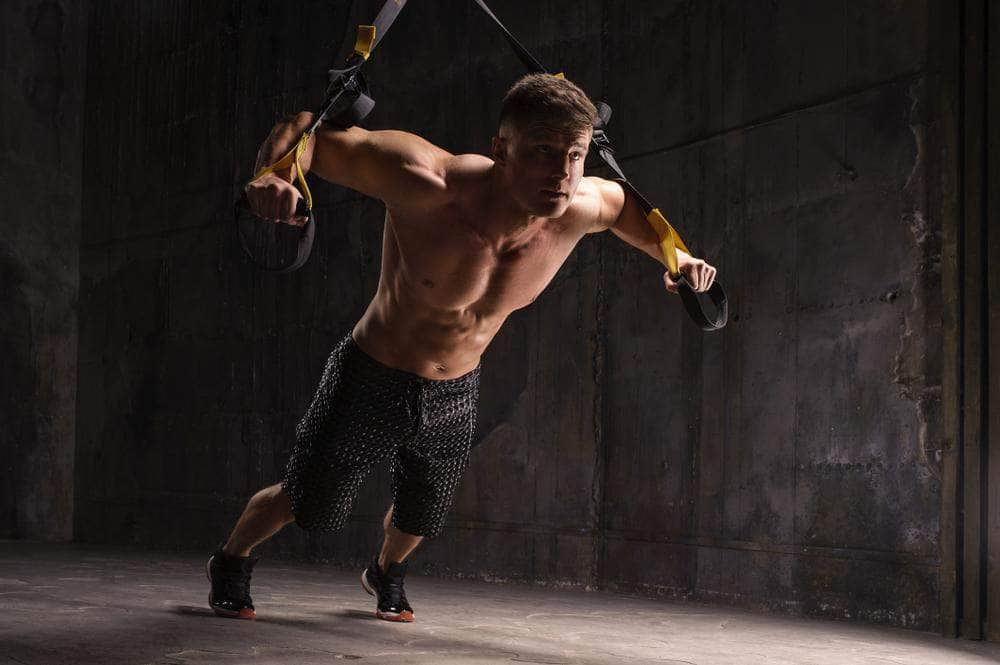
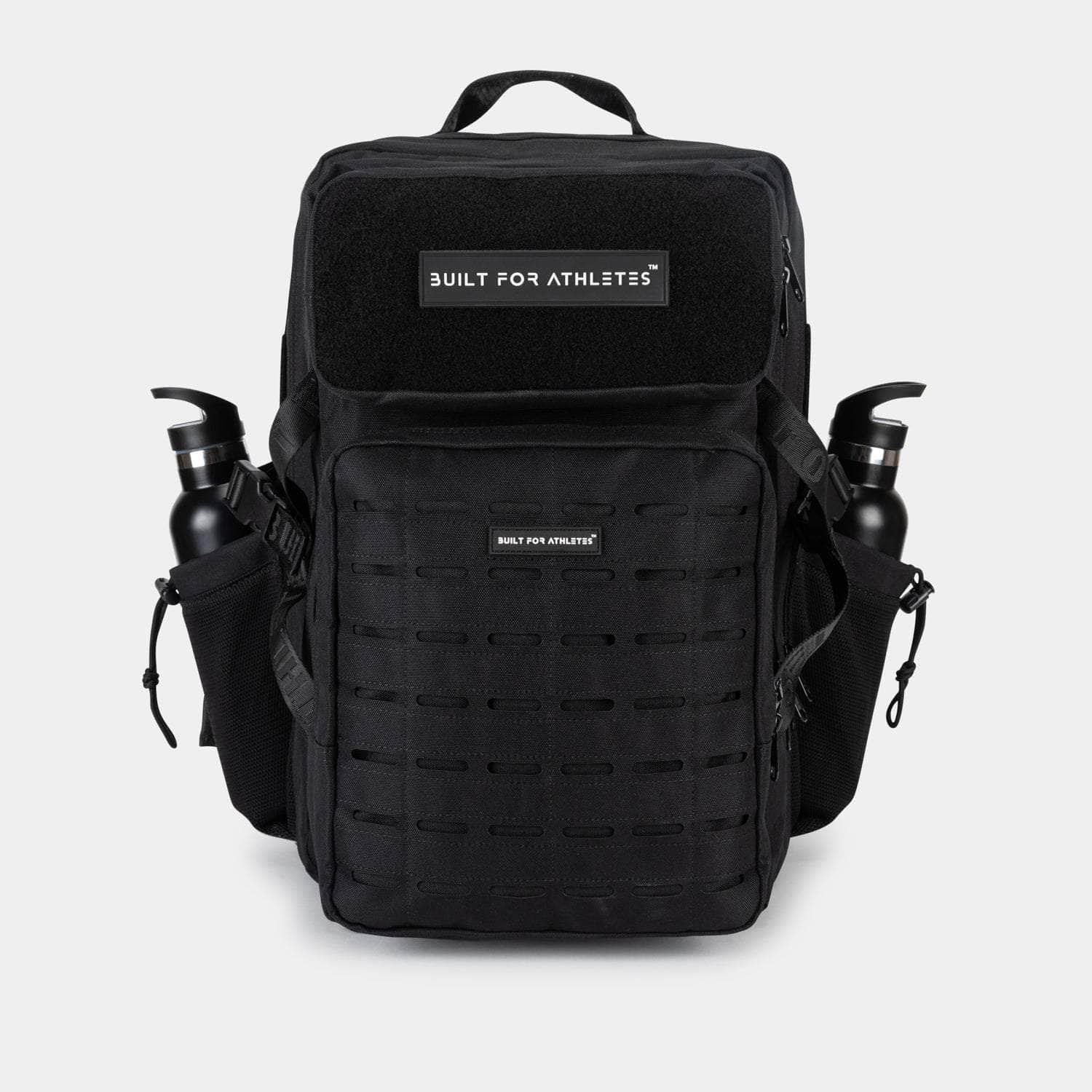
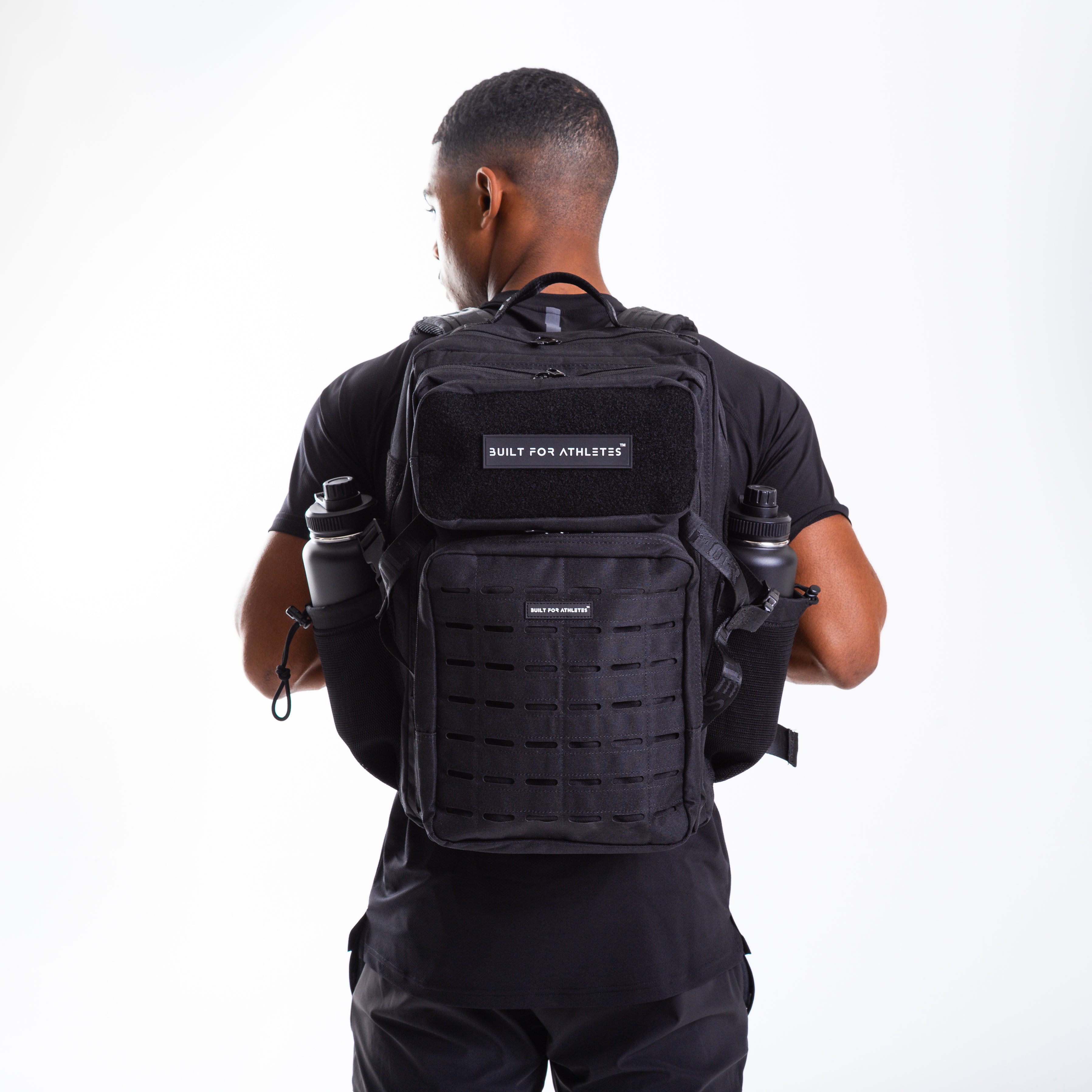
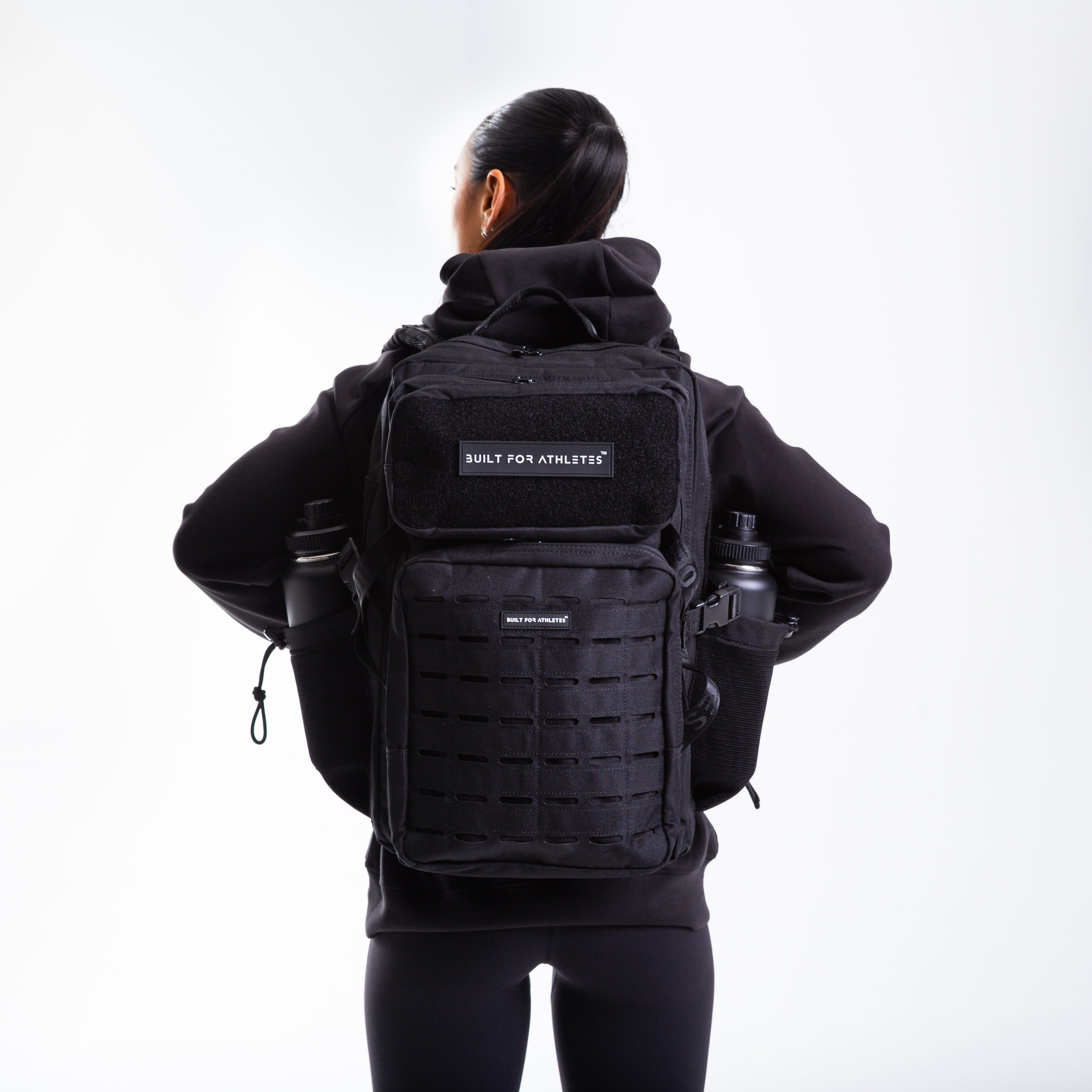
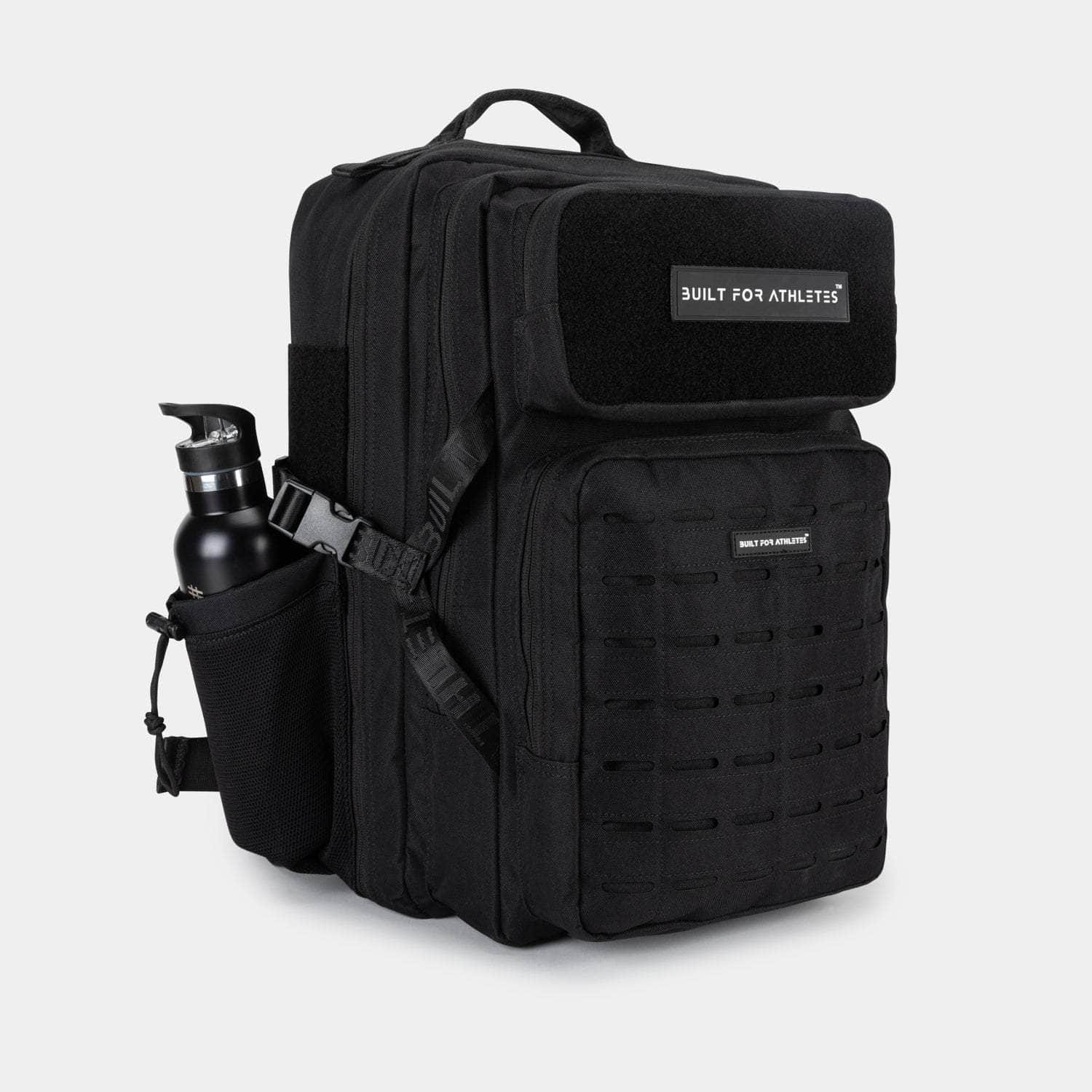





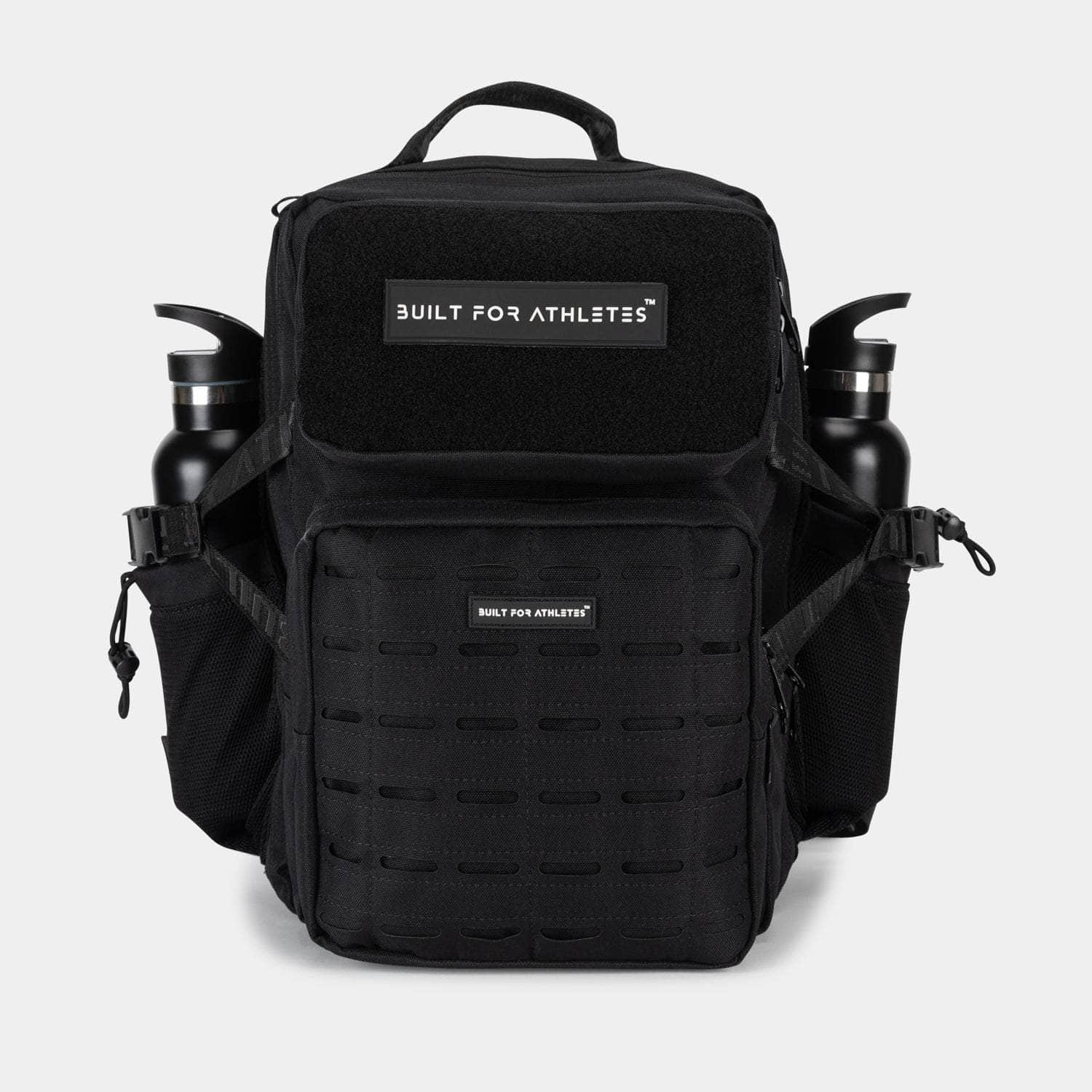
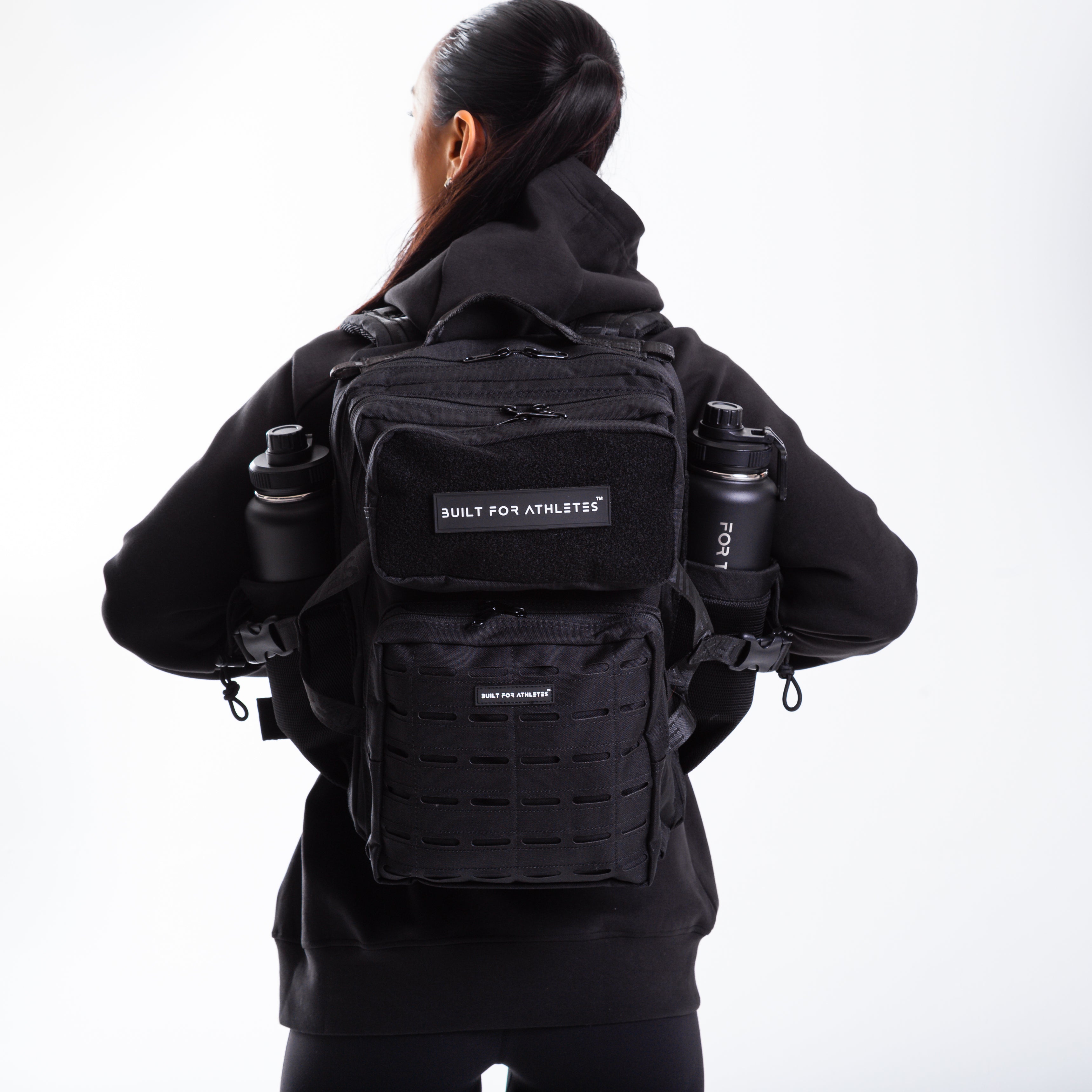
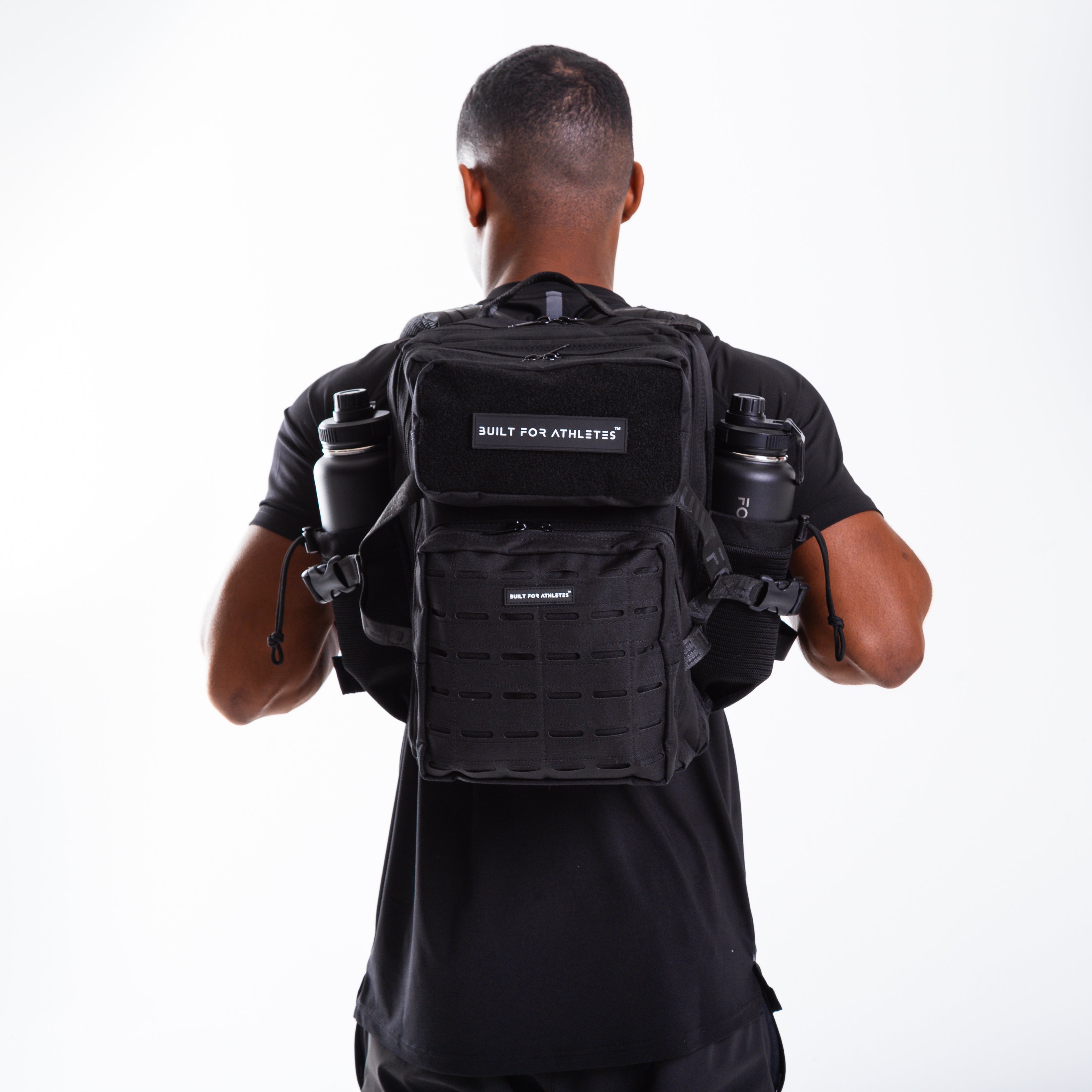
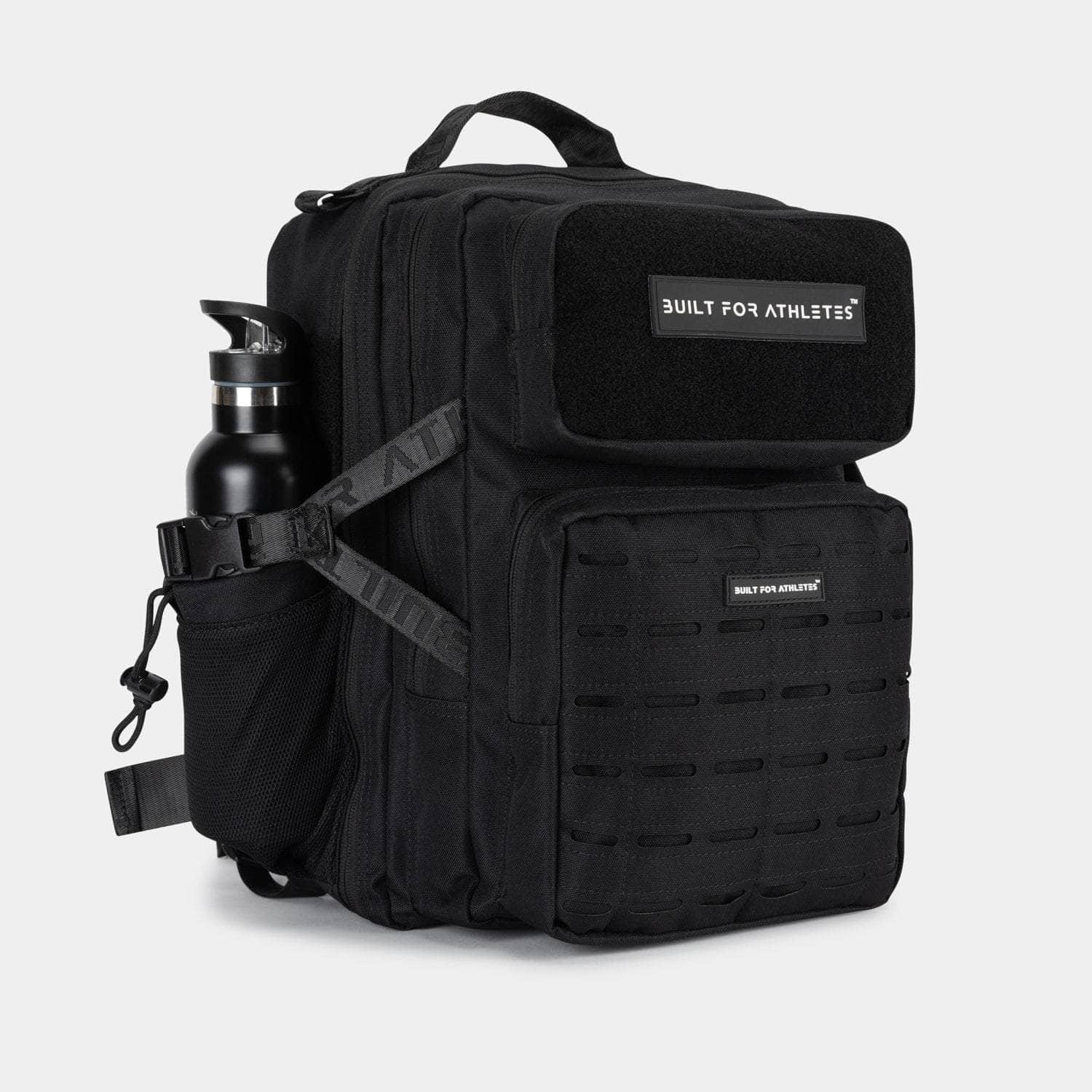



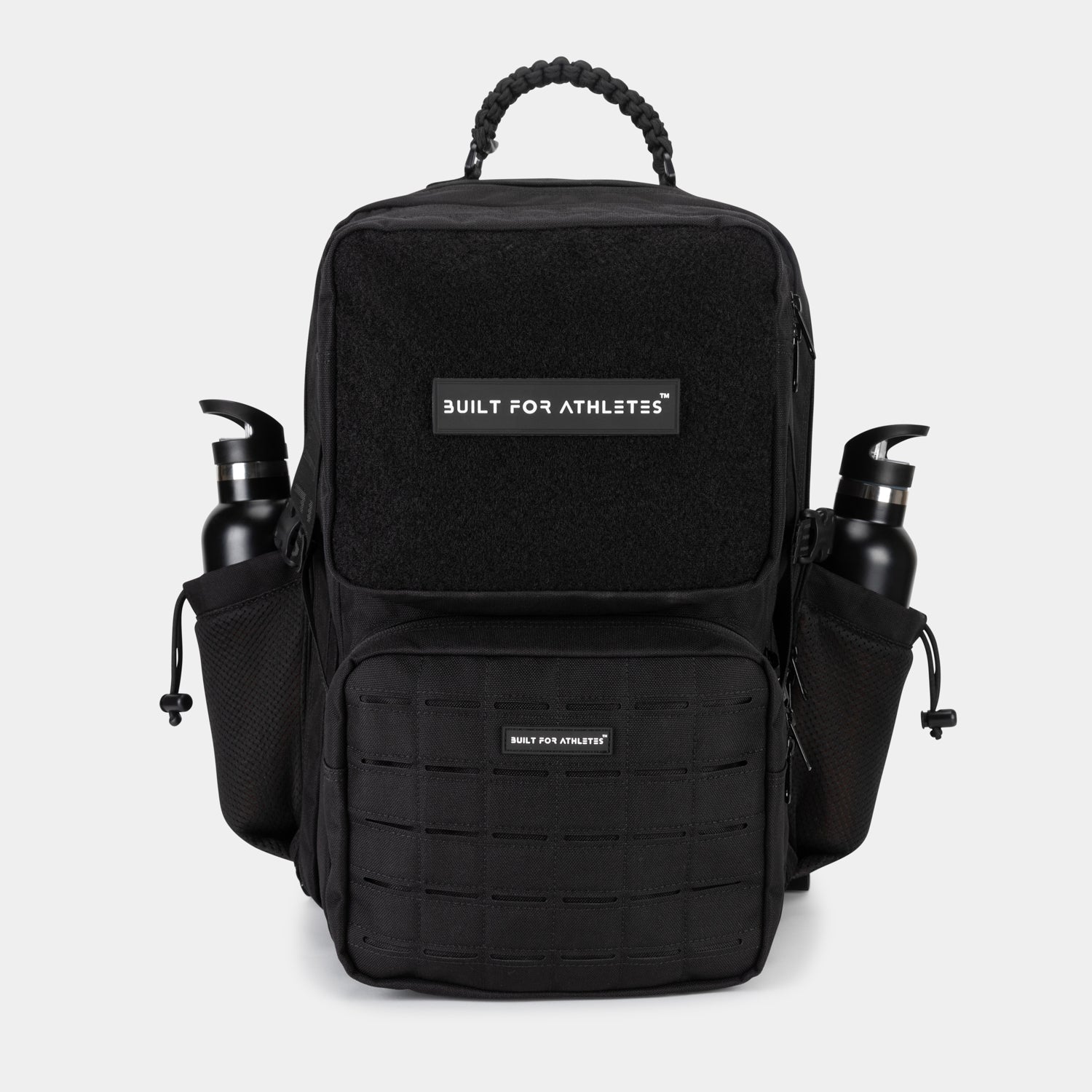
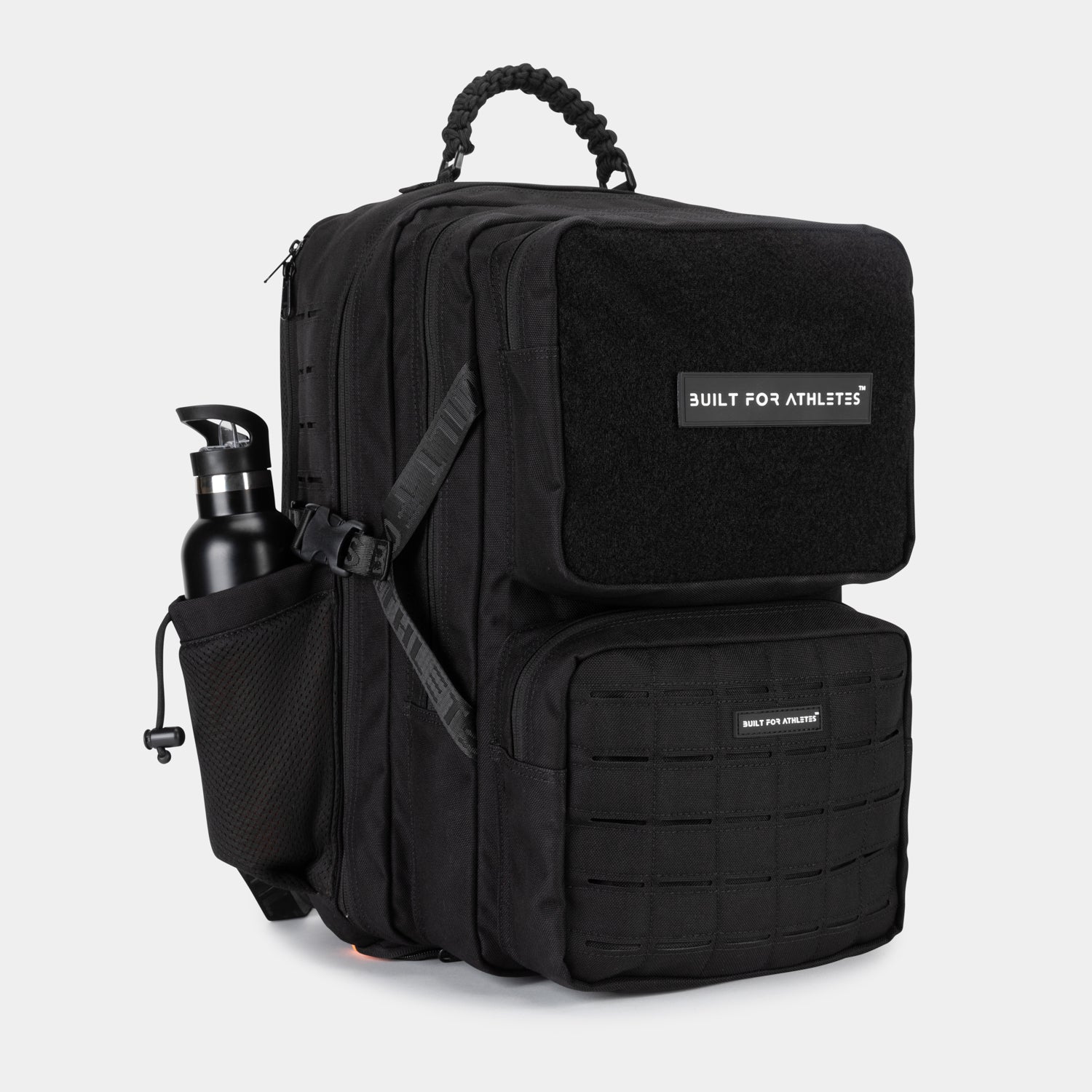
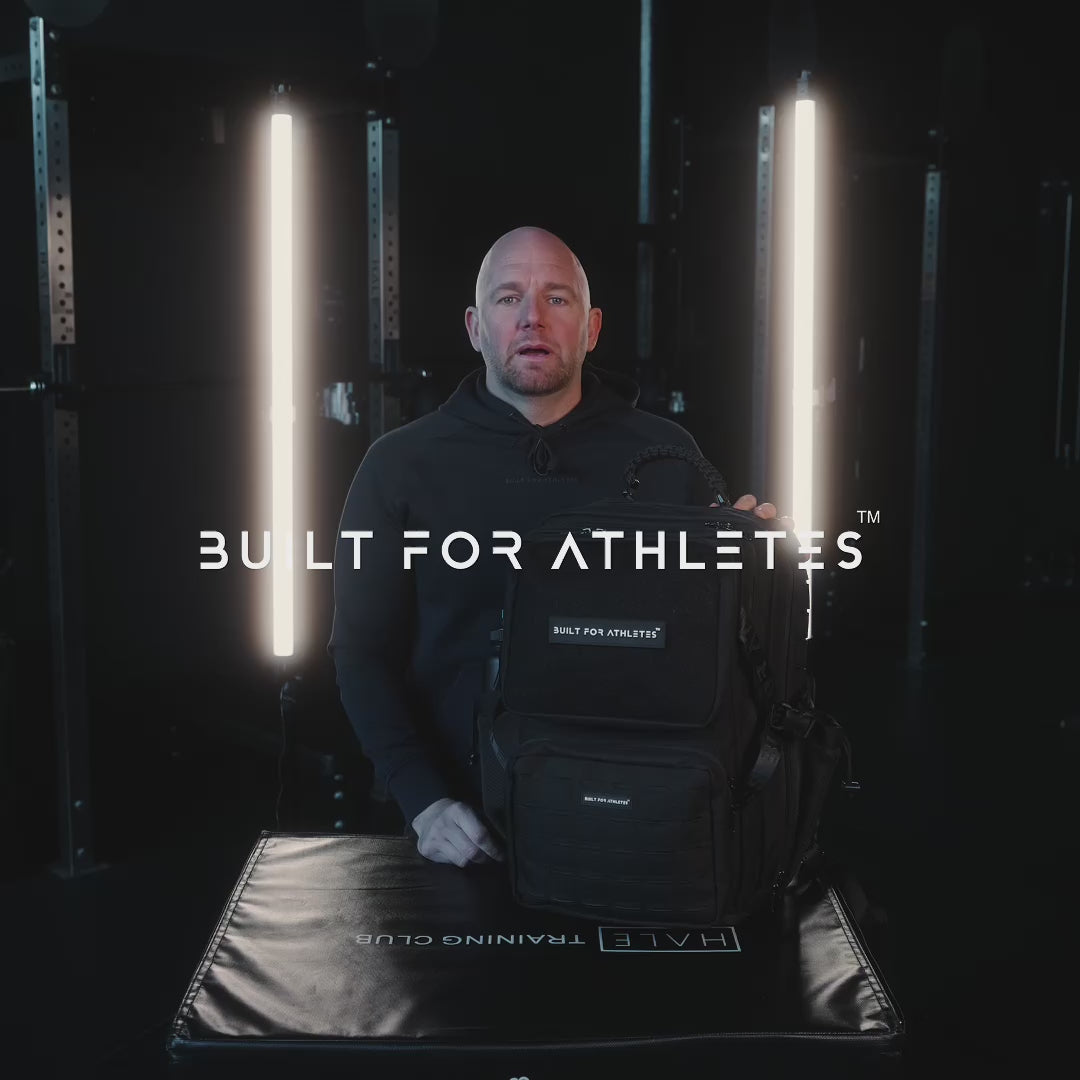
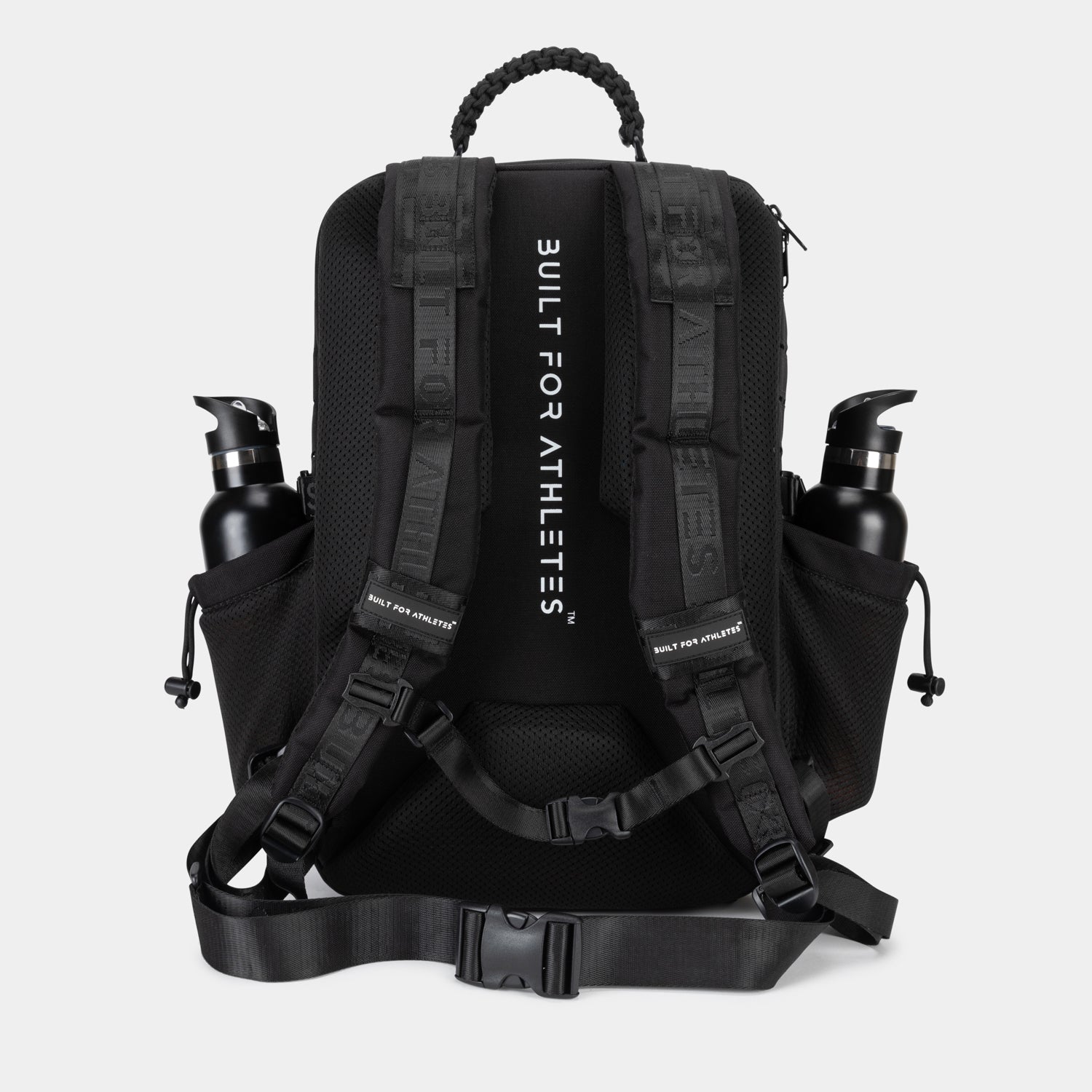








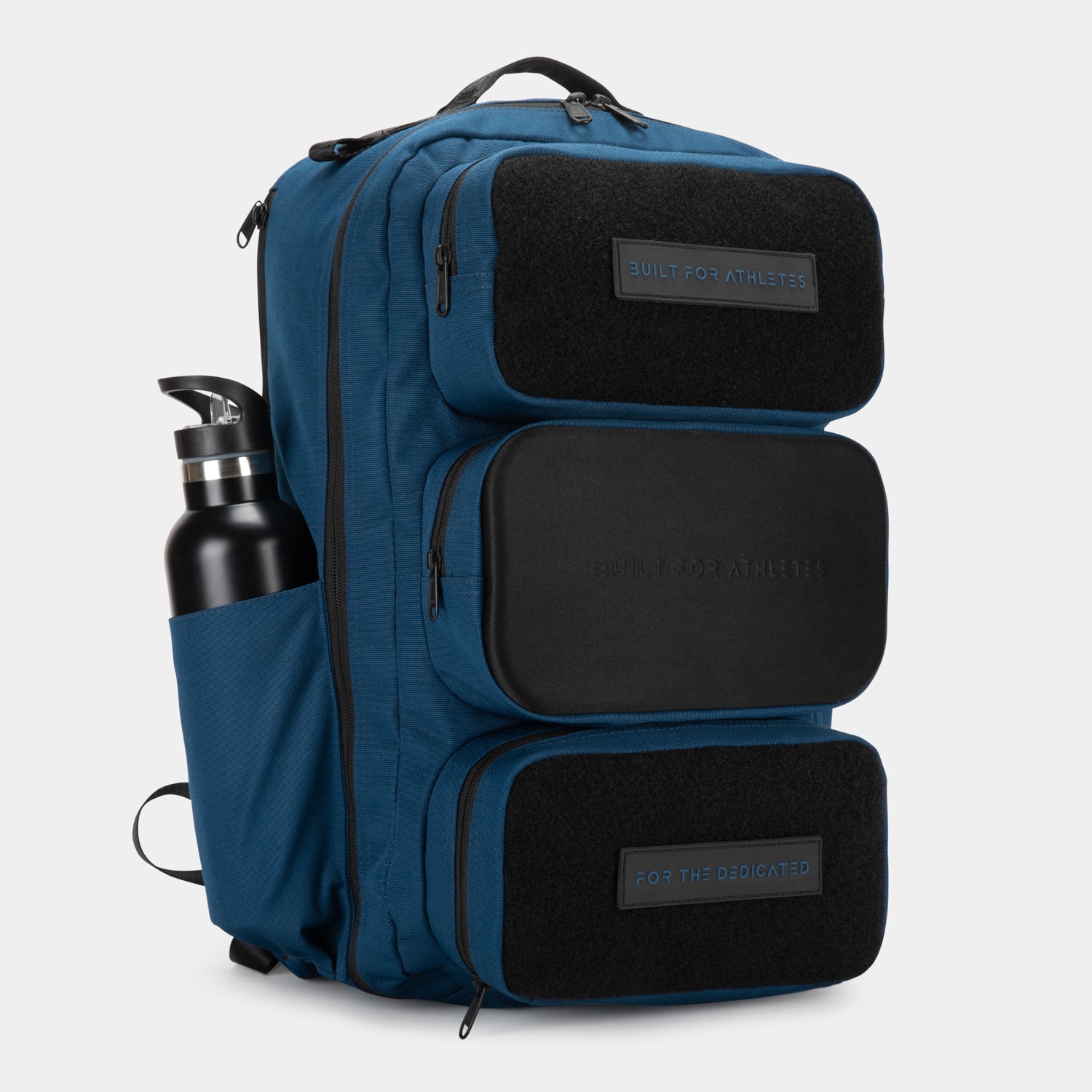
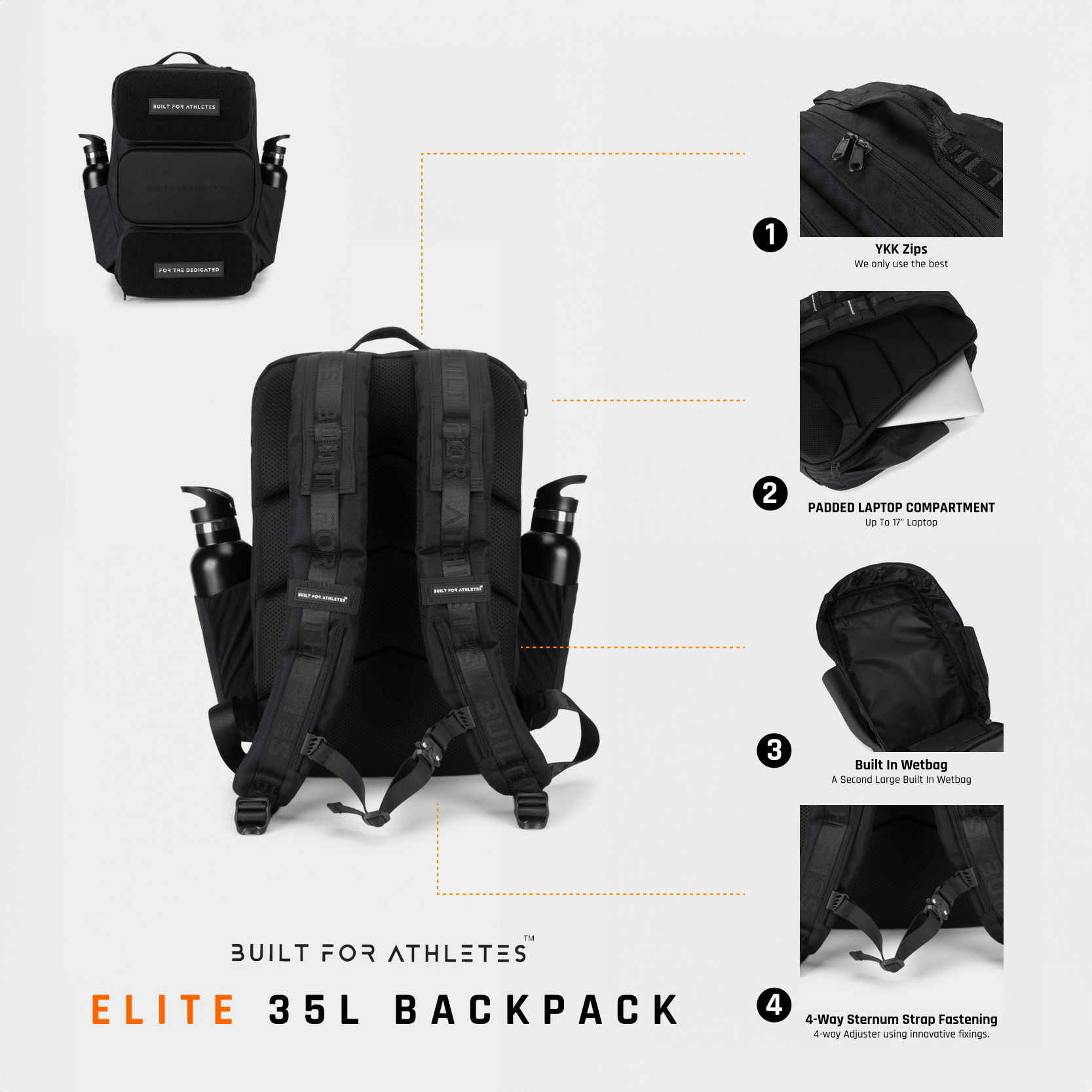
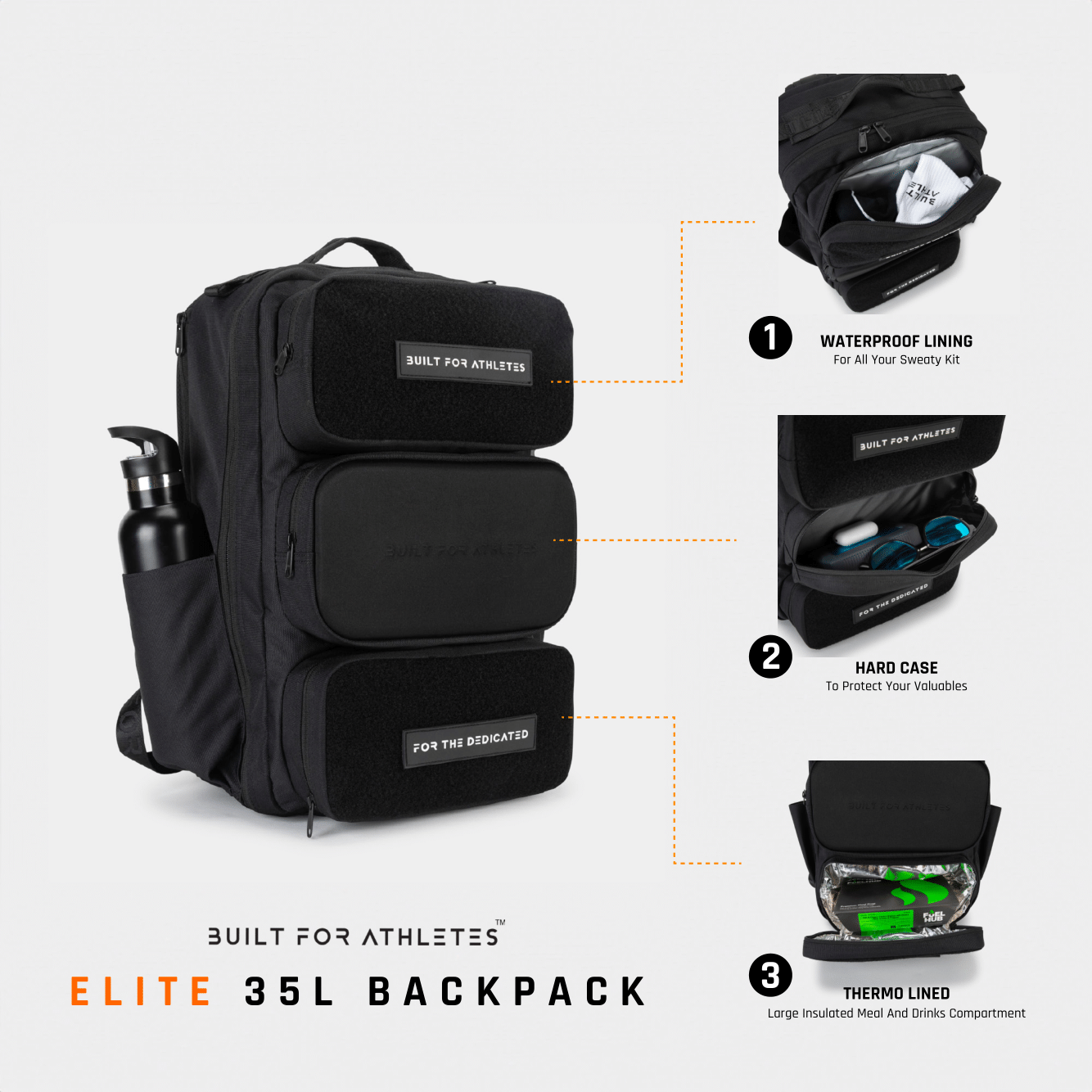




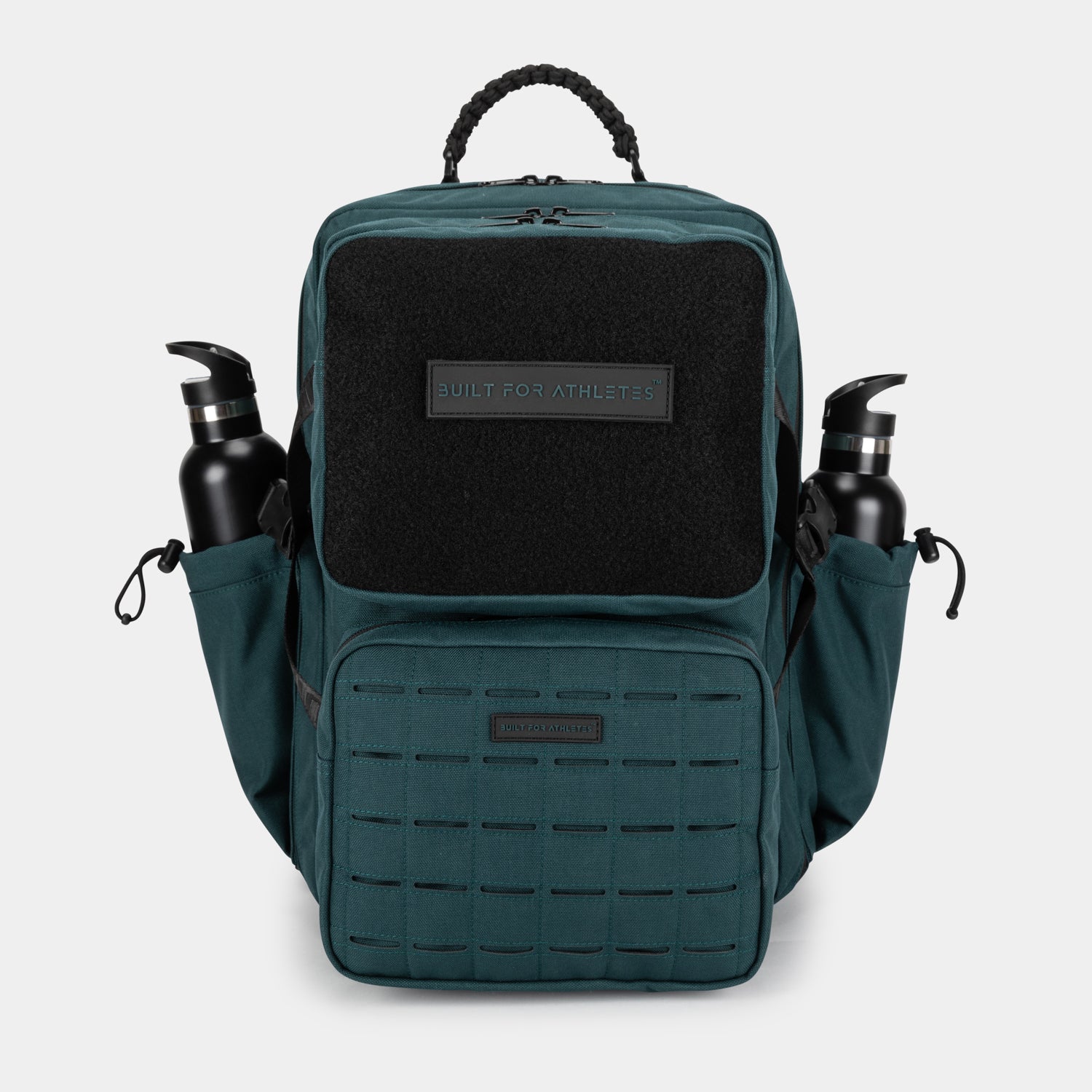
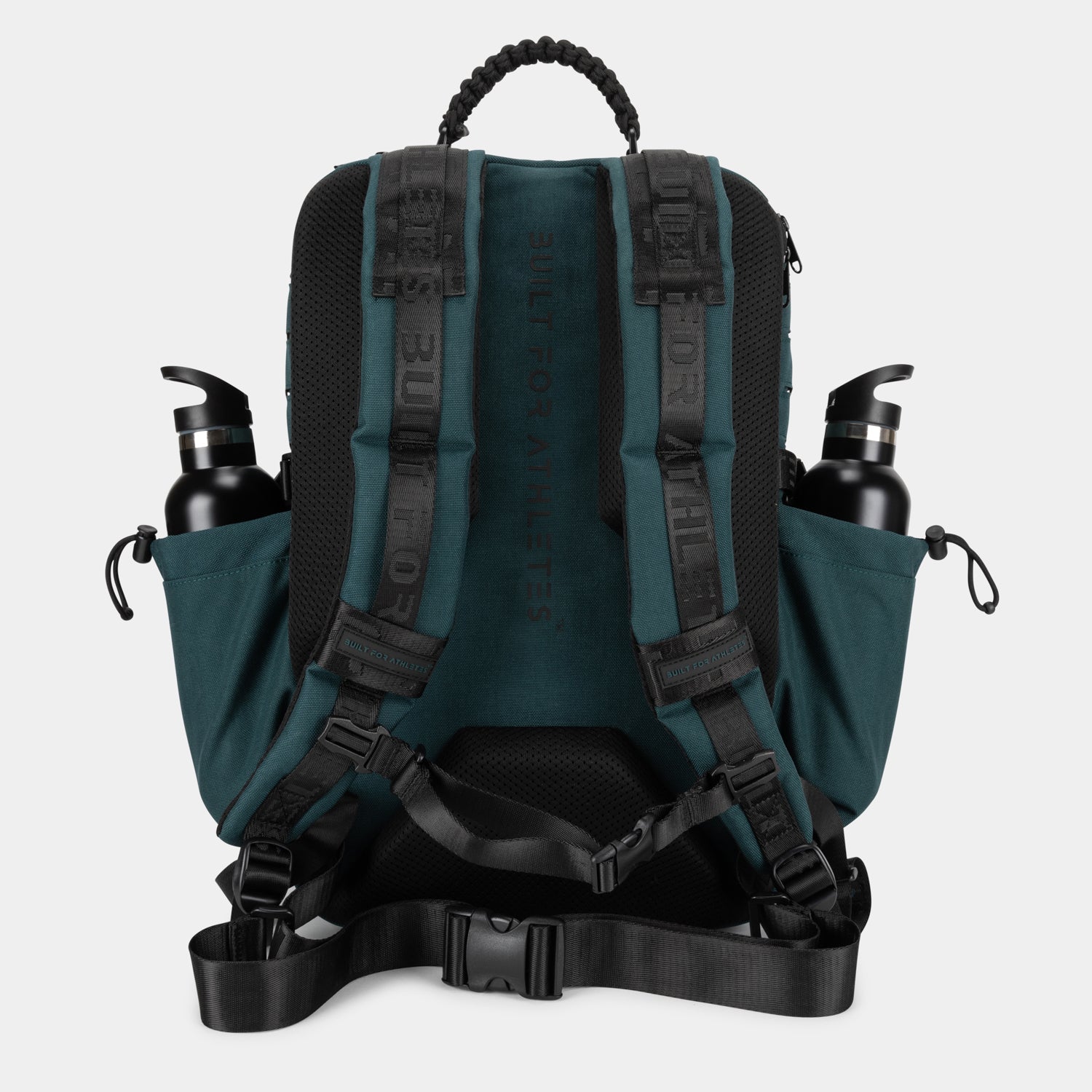
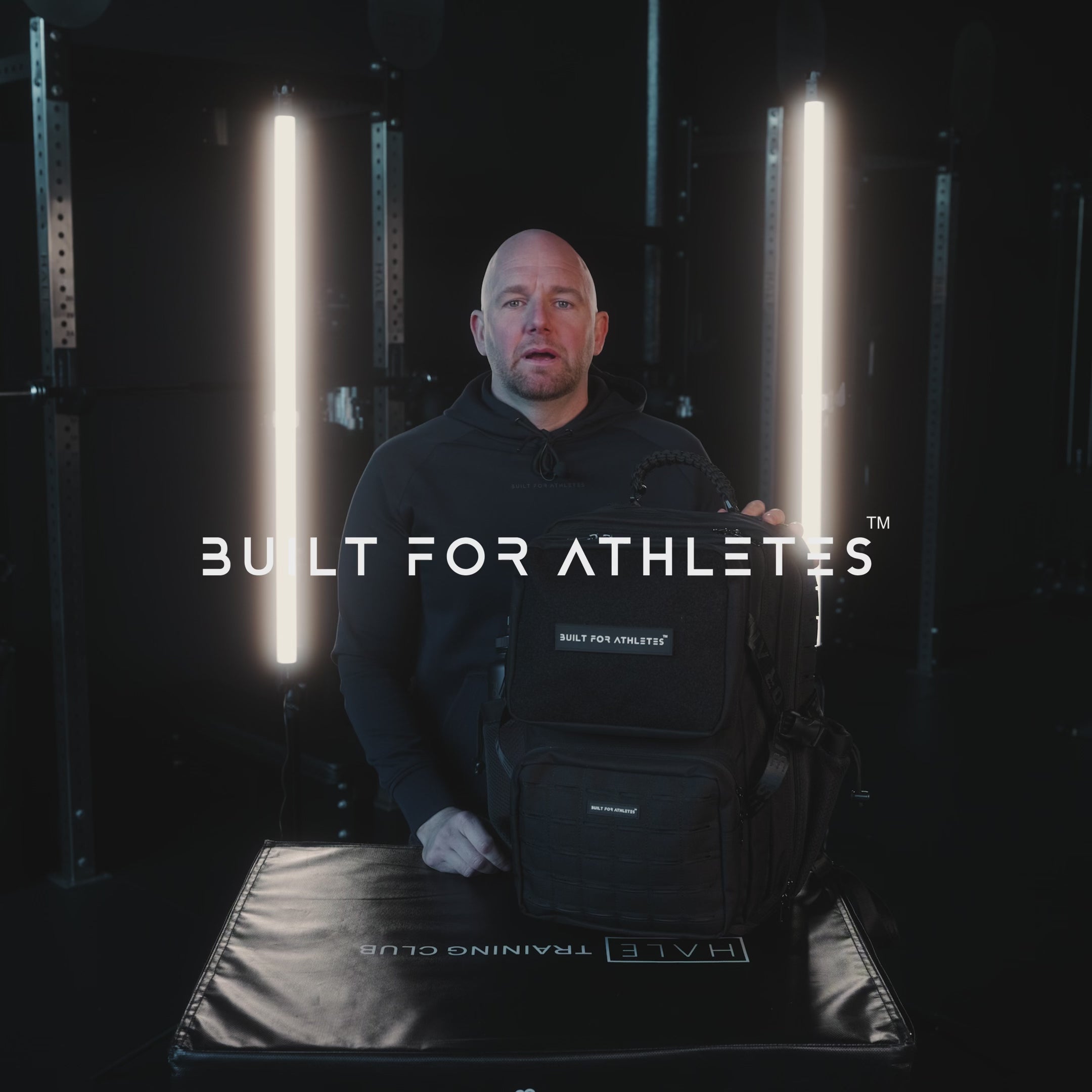
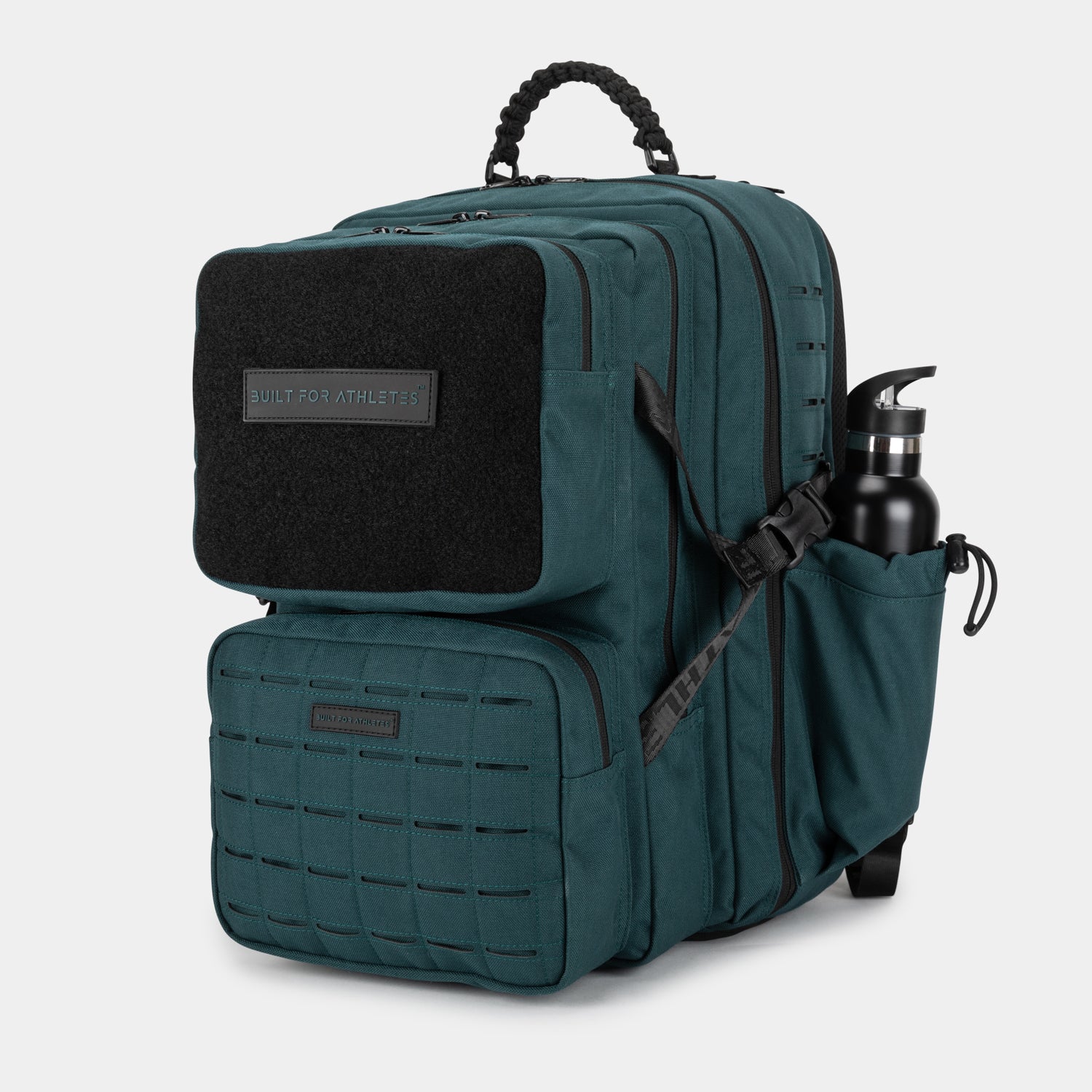
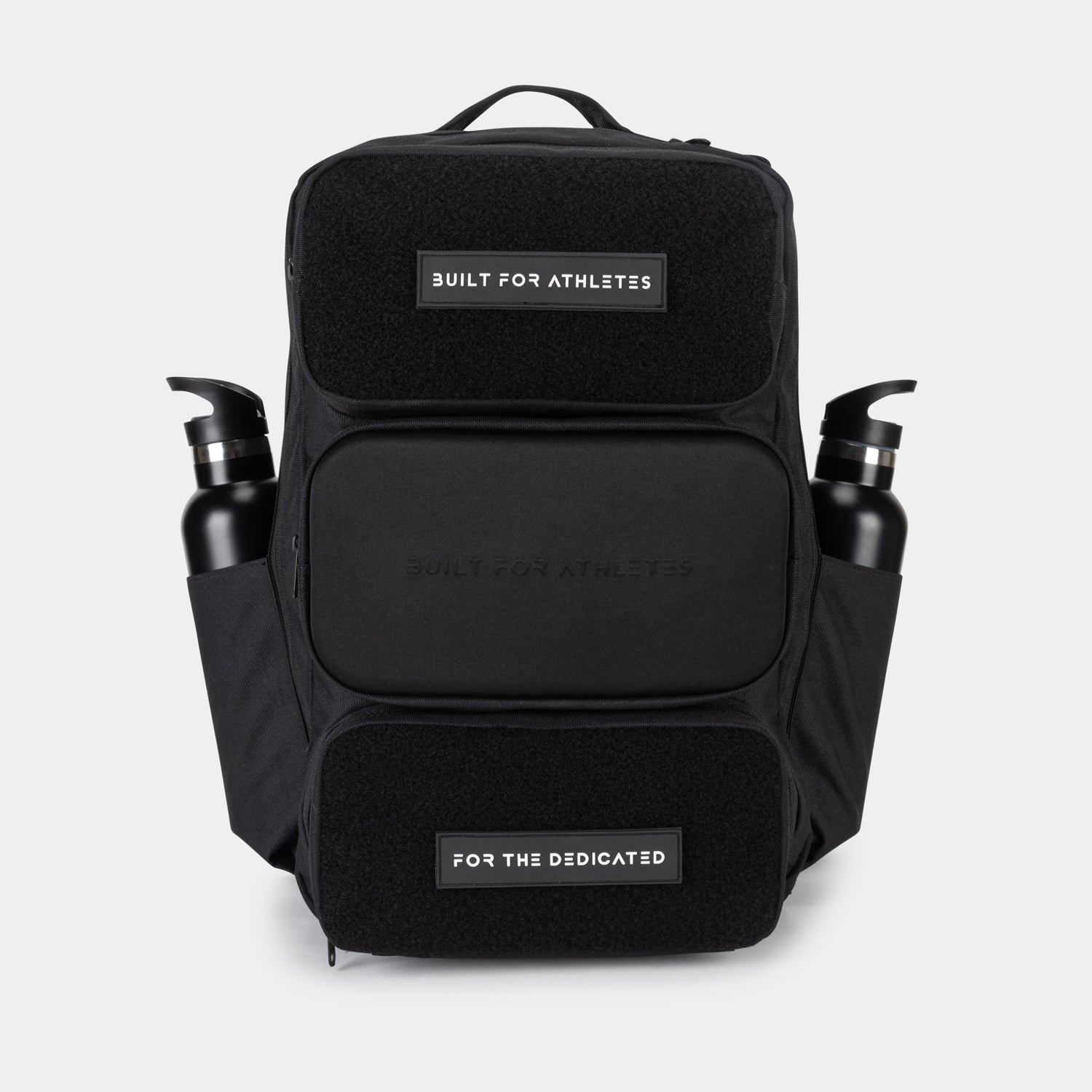
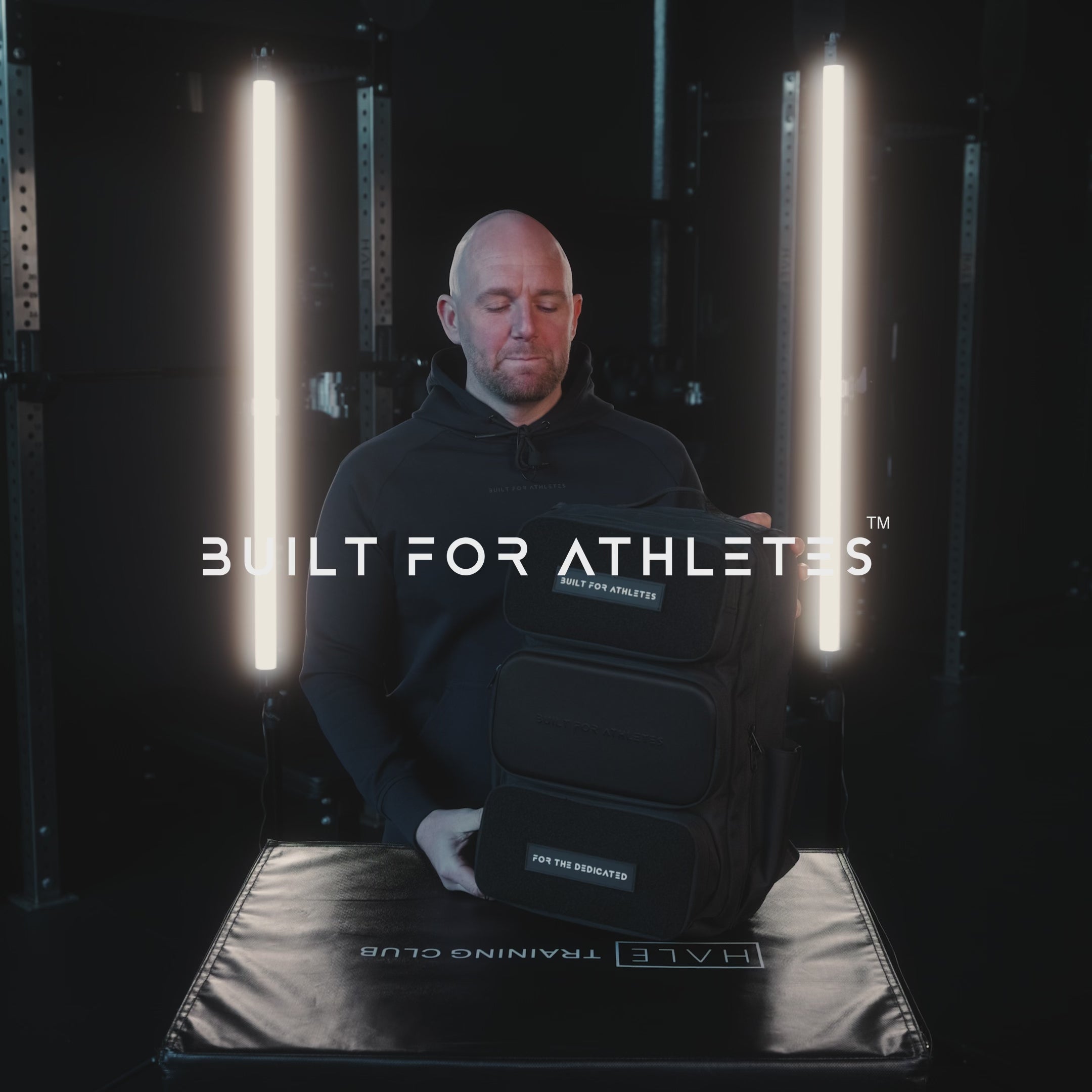
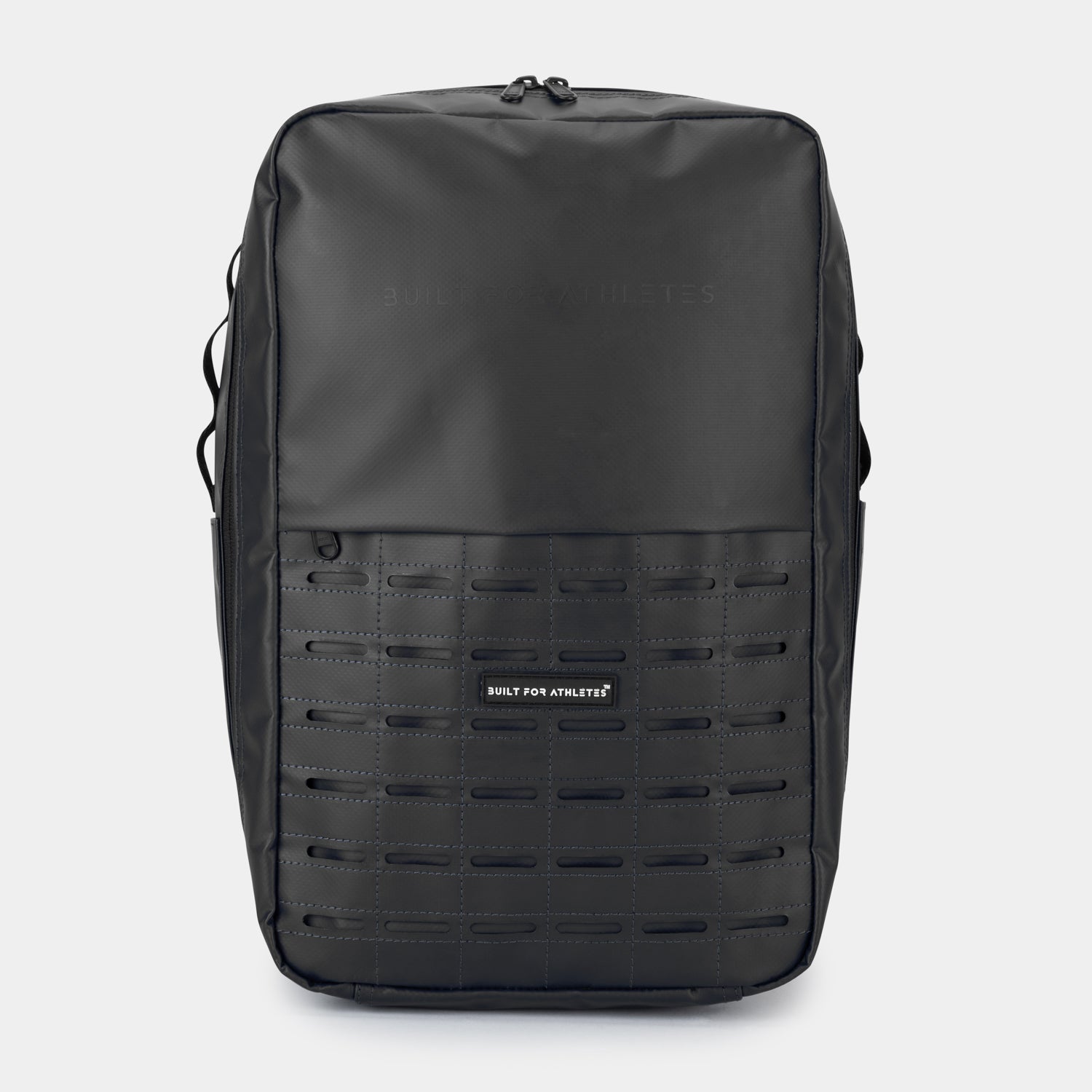
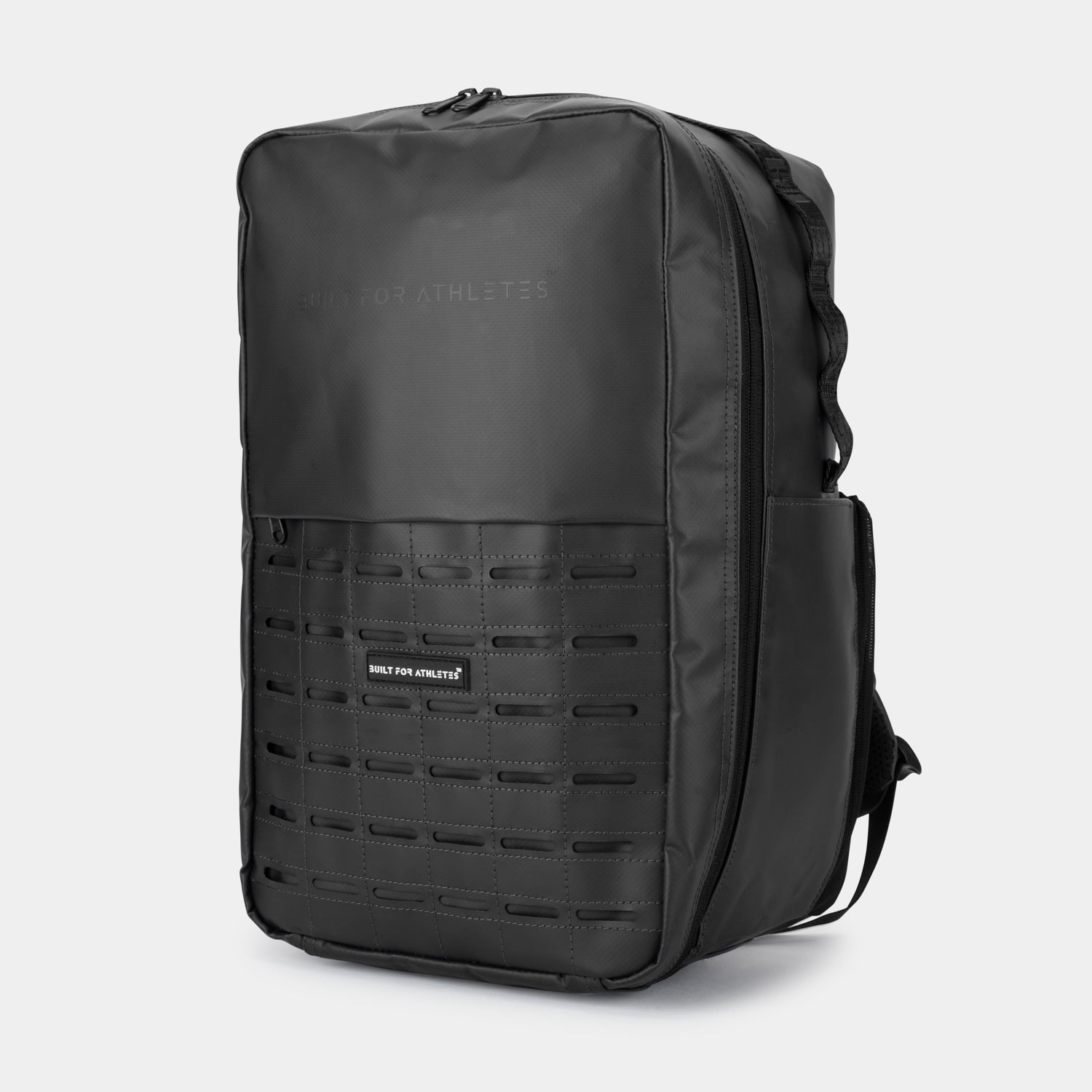
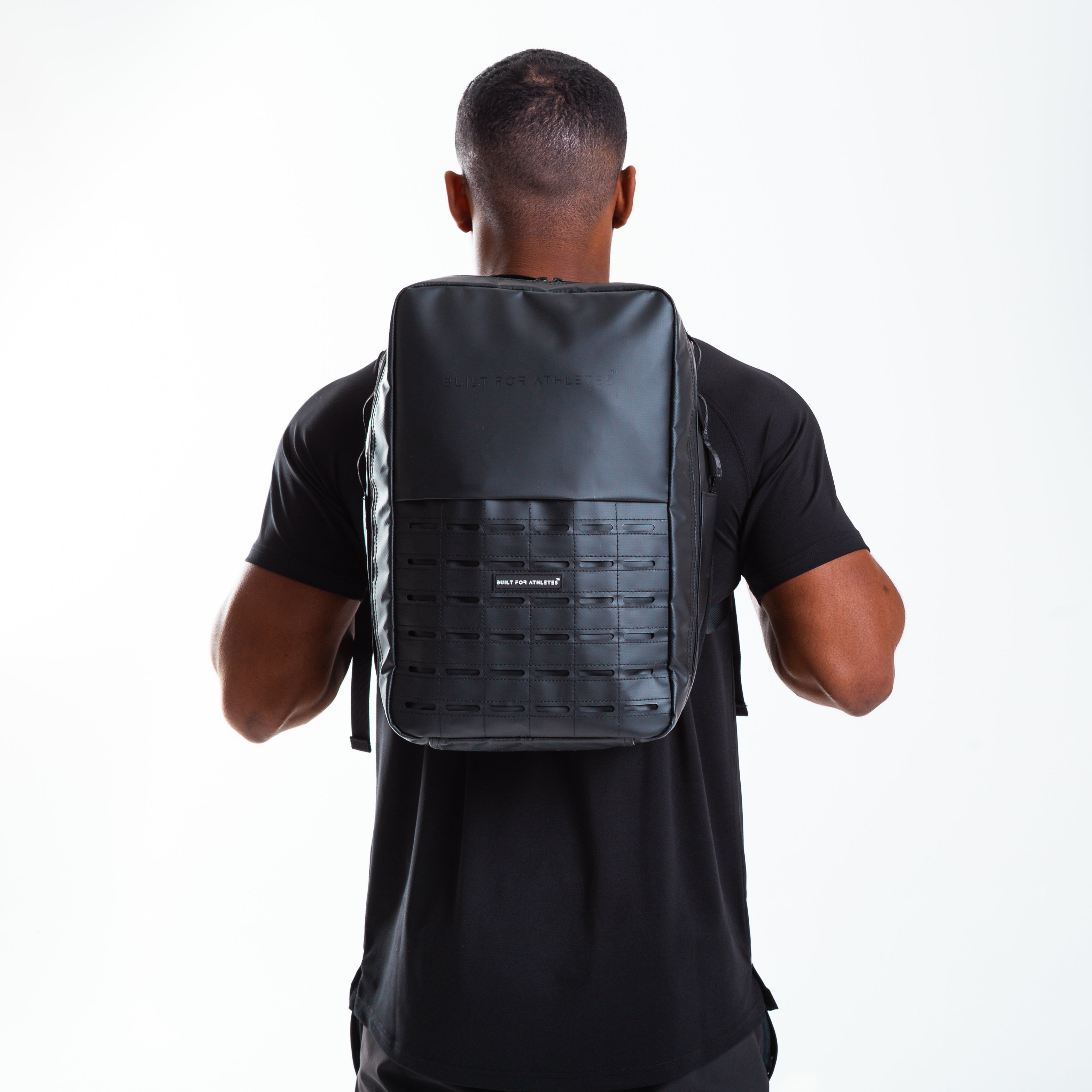
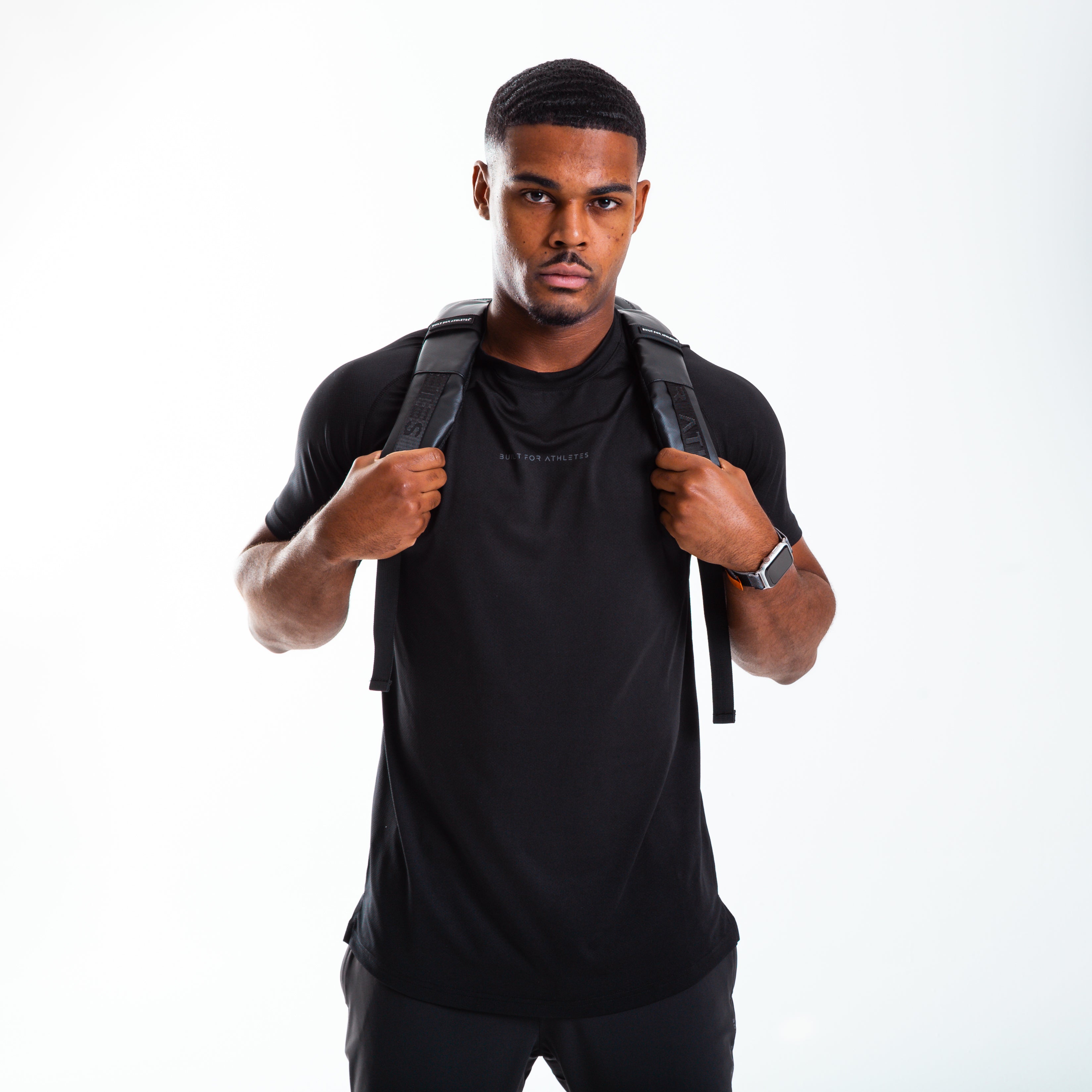


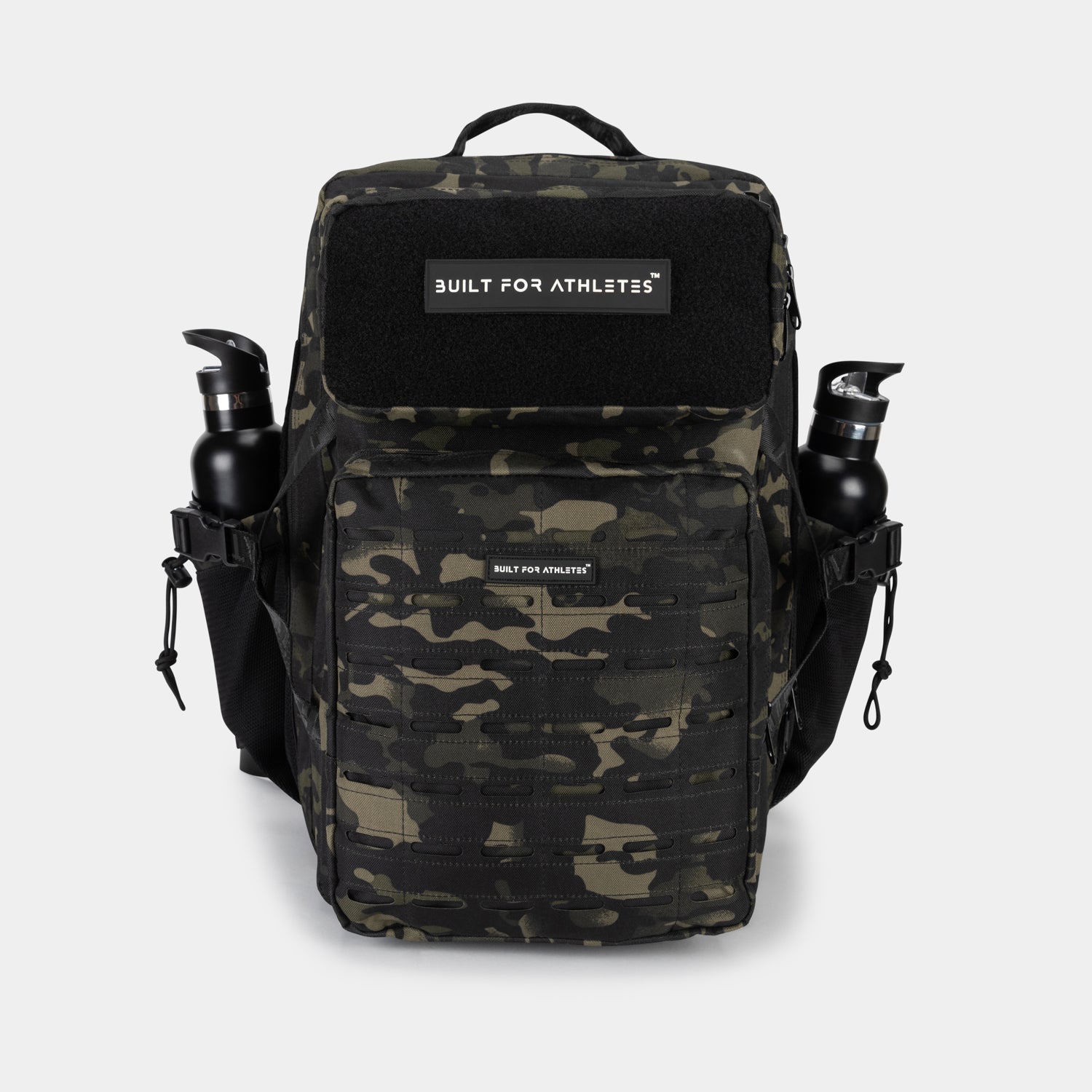
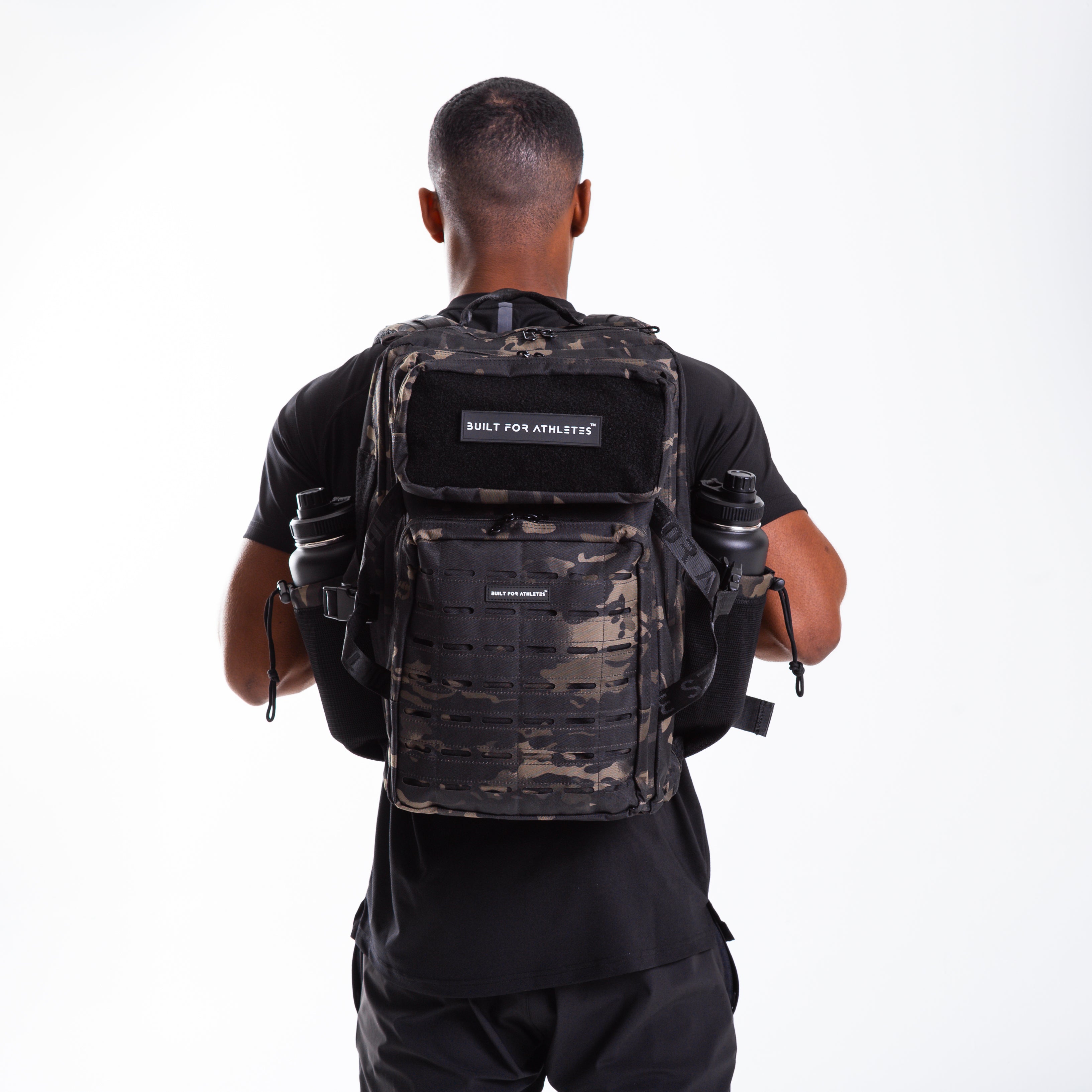
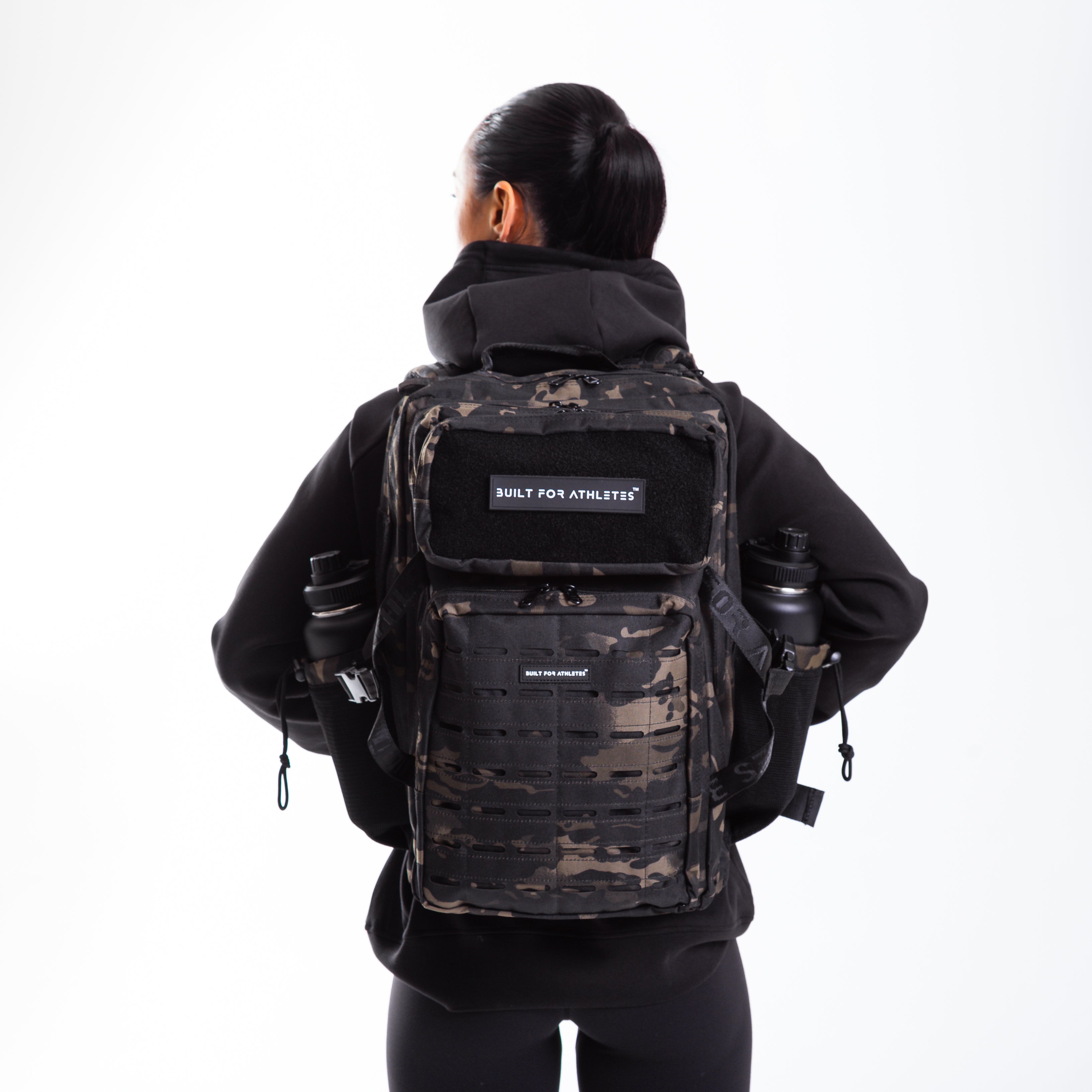
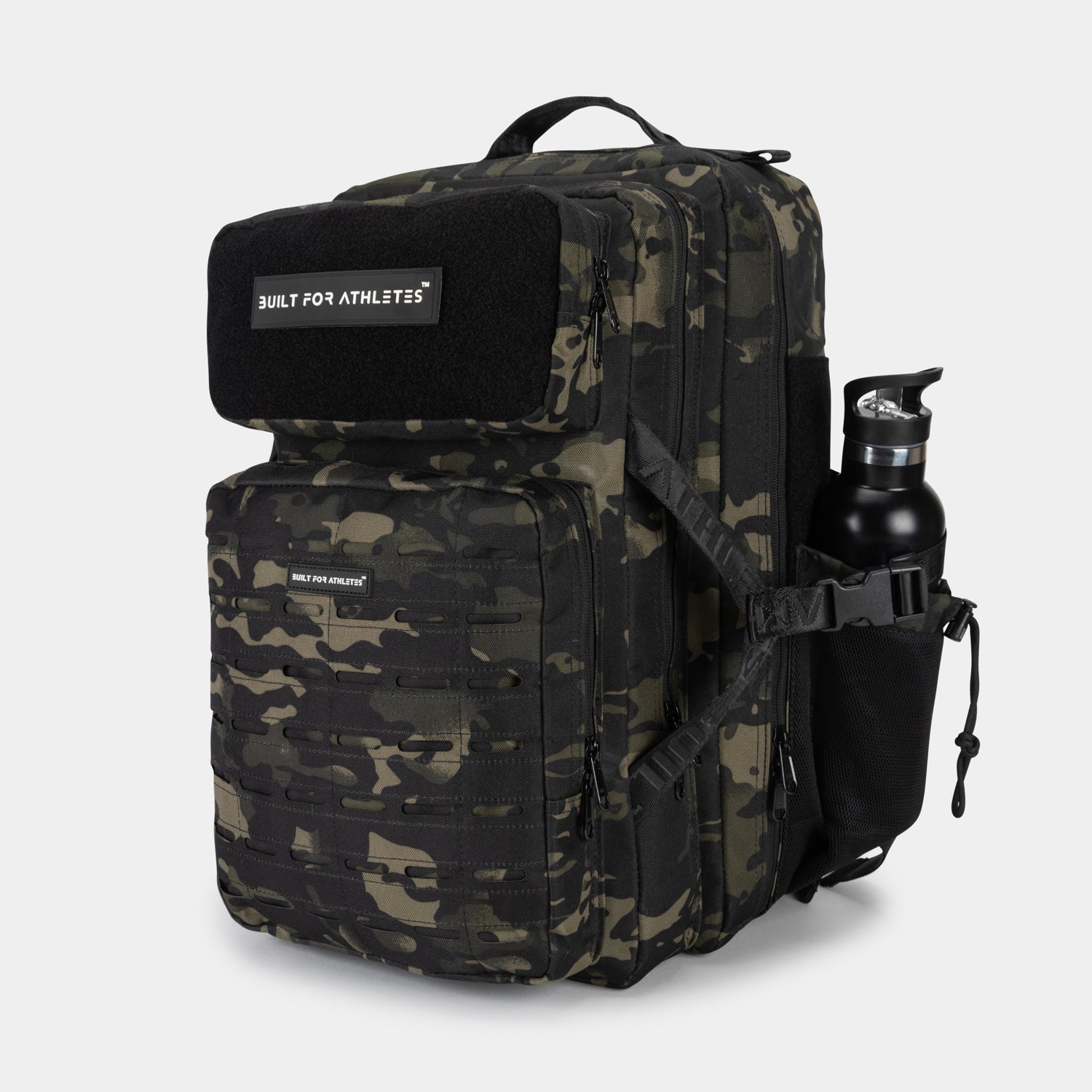
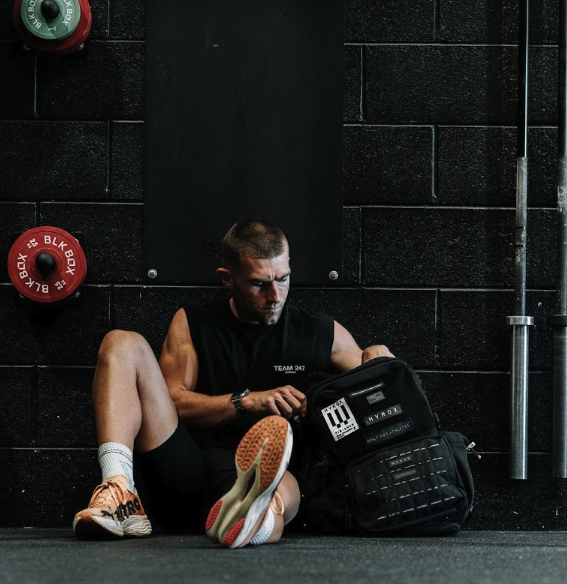
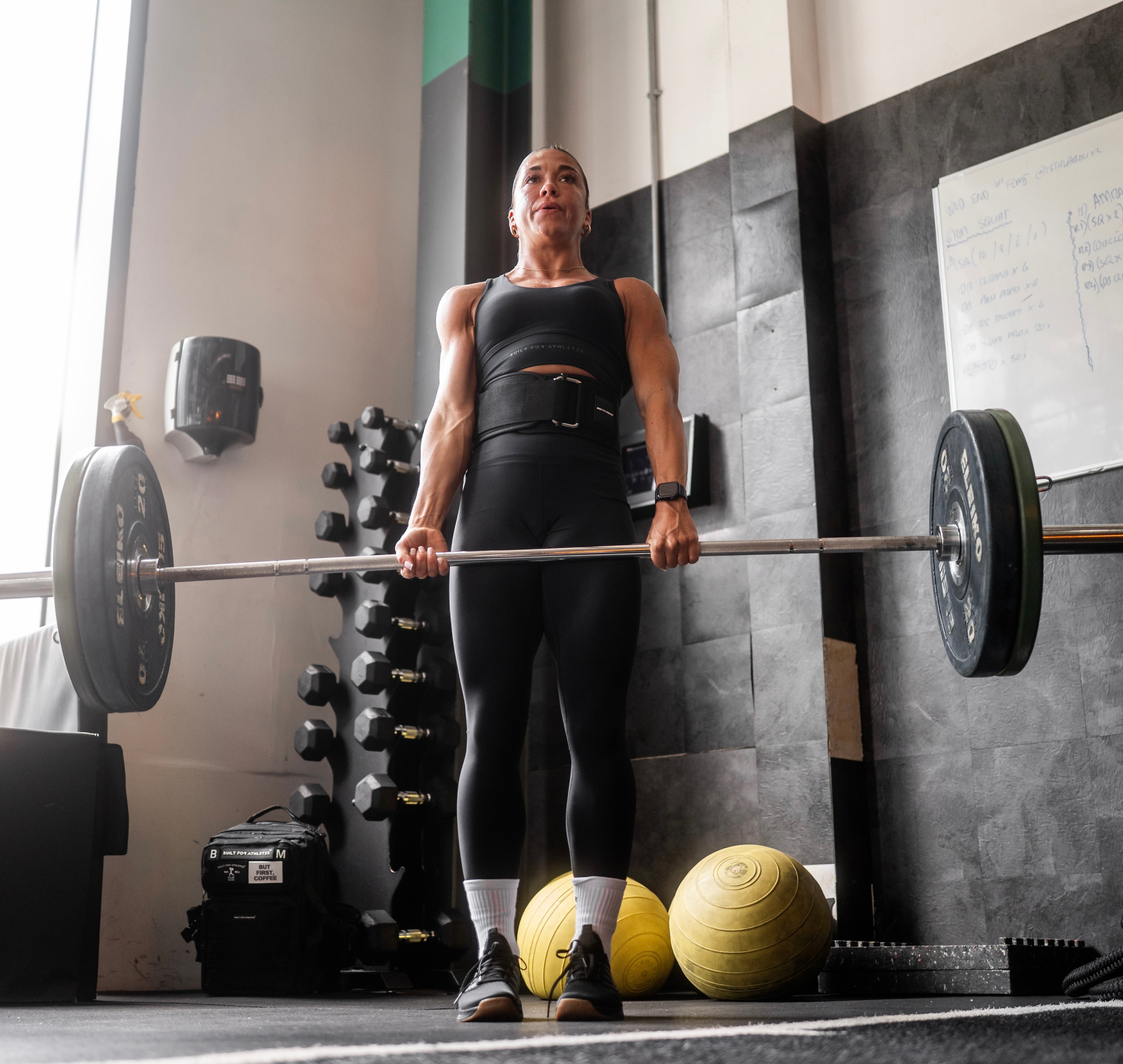
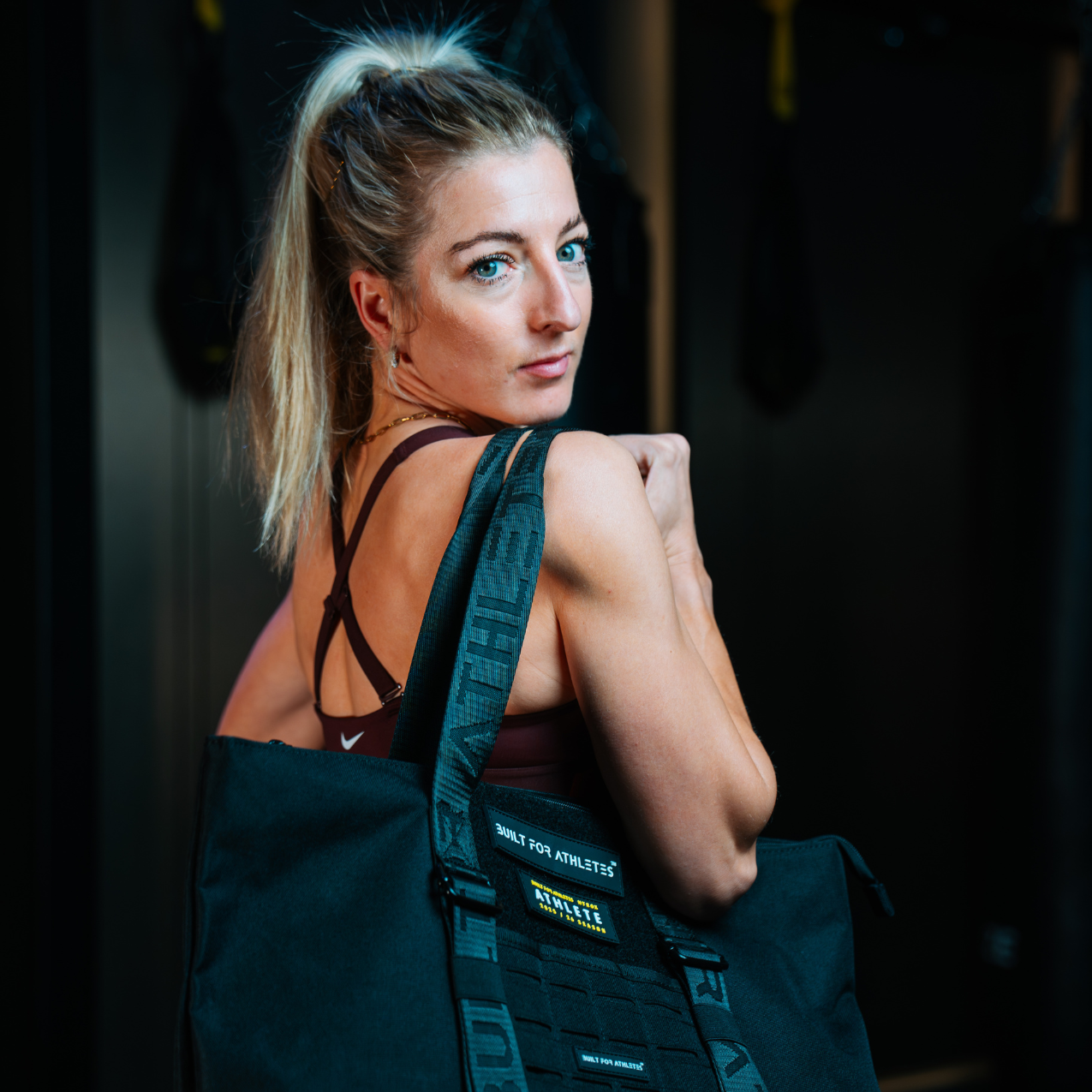
Share:
Bodyweight Strength Exercises To Do On Holiday
Battle Ropes